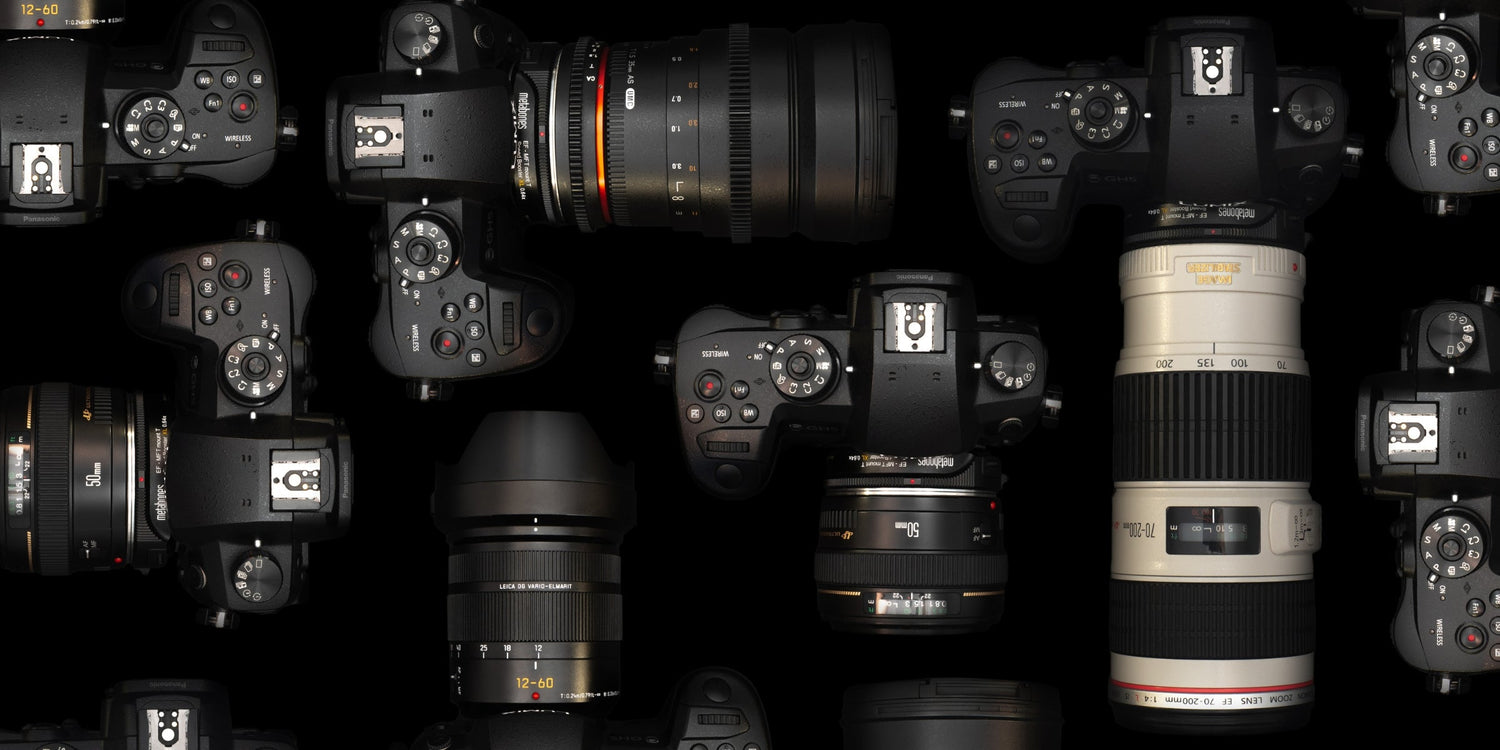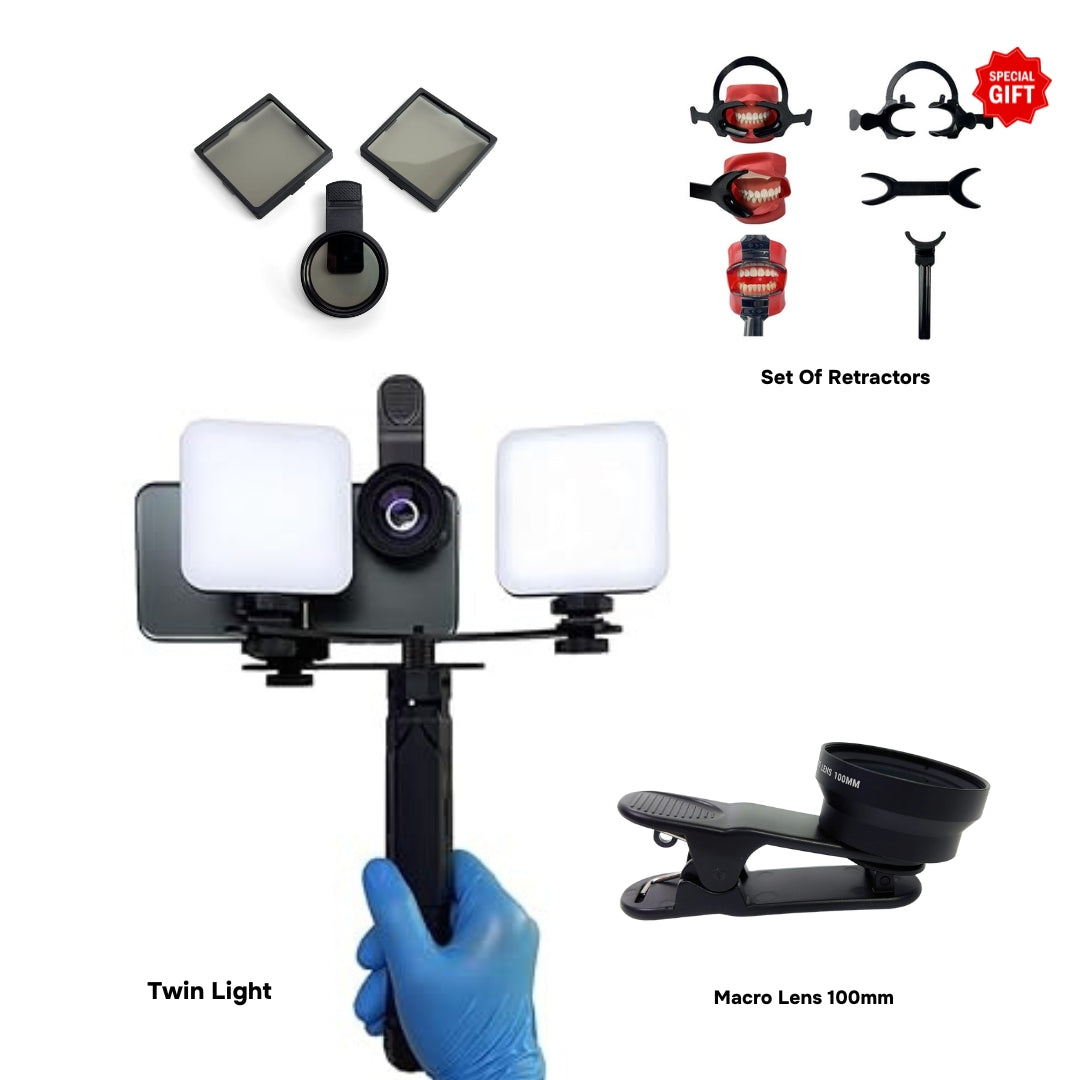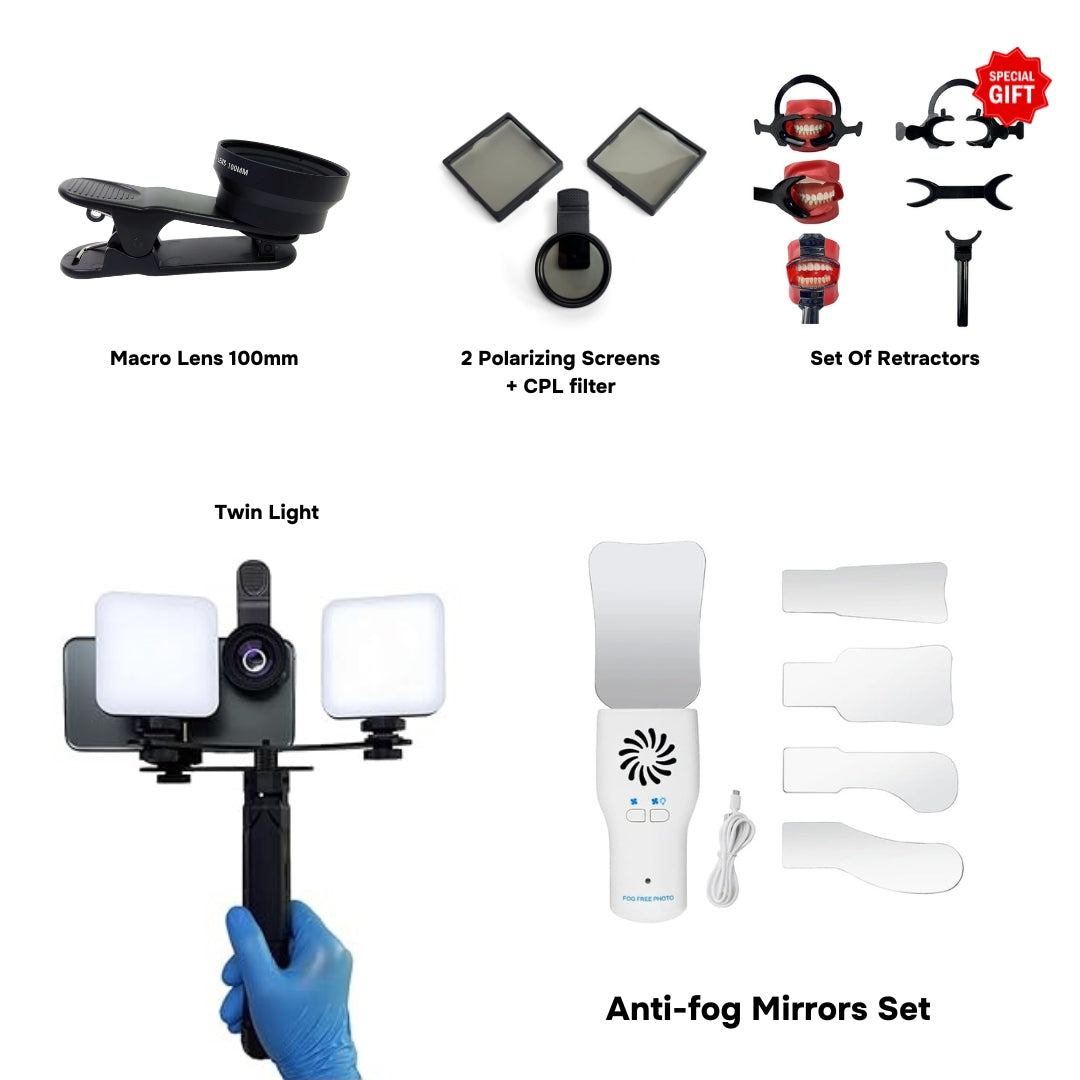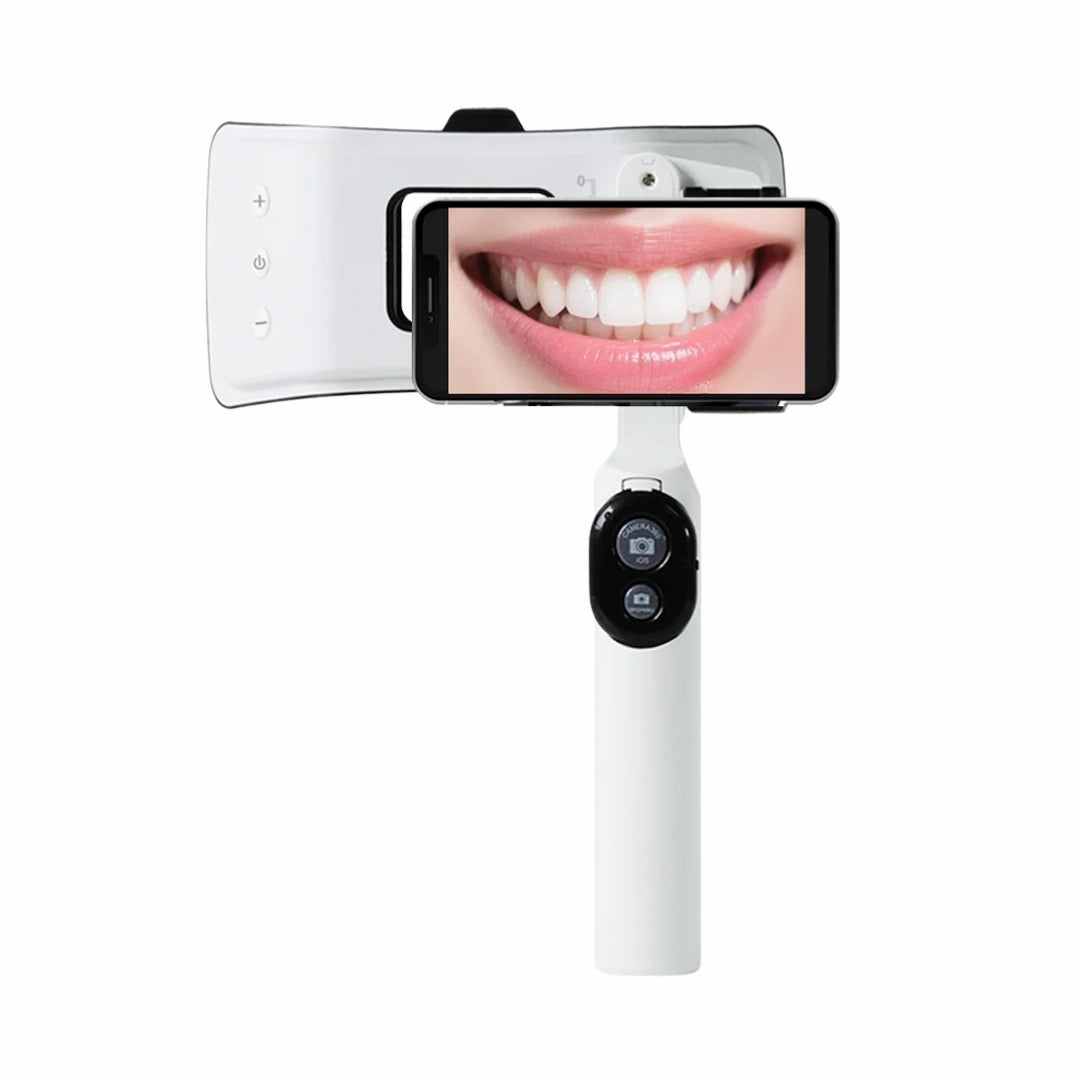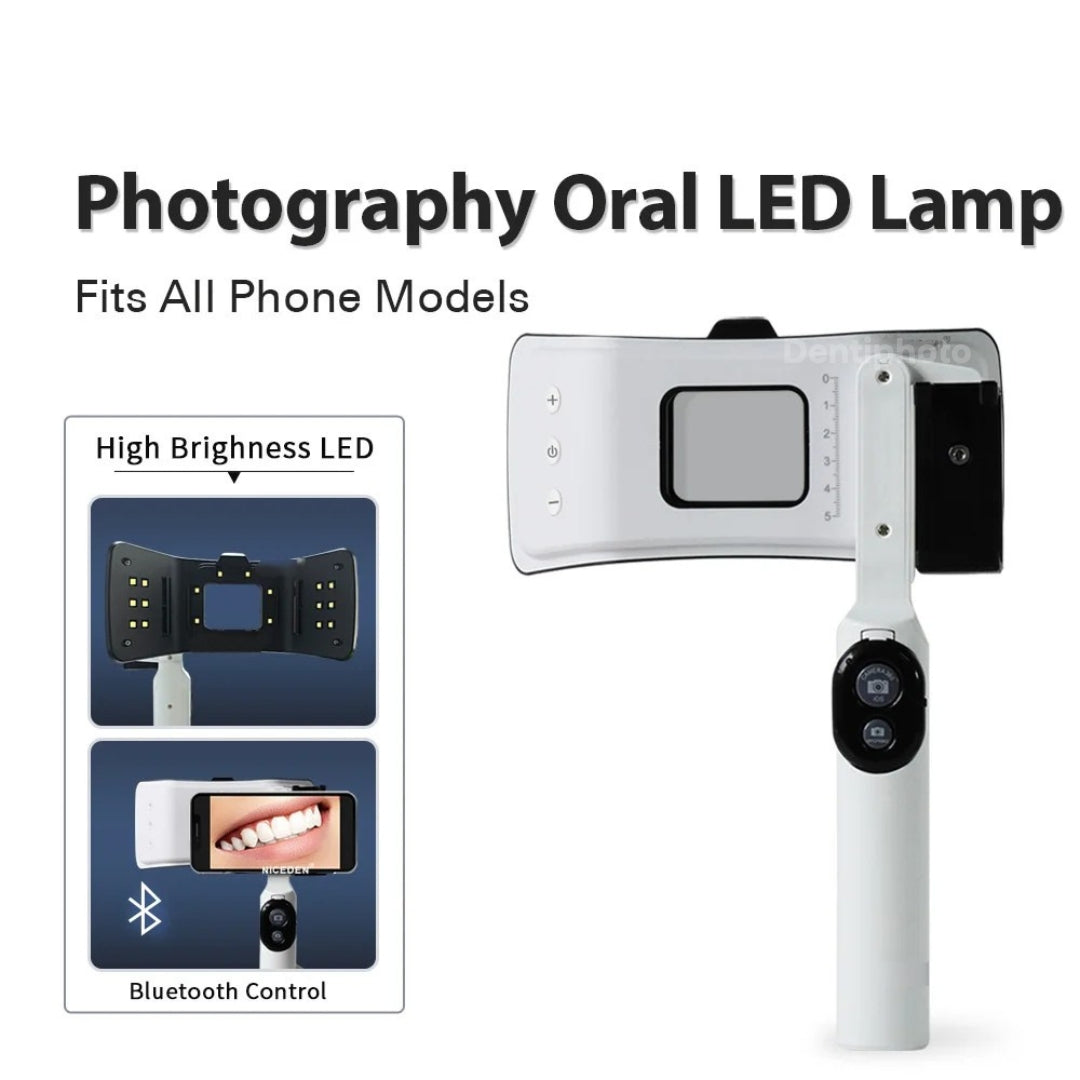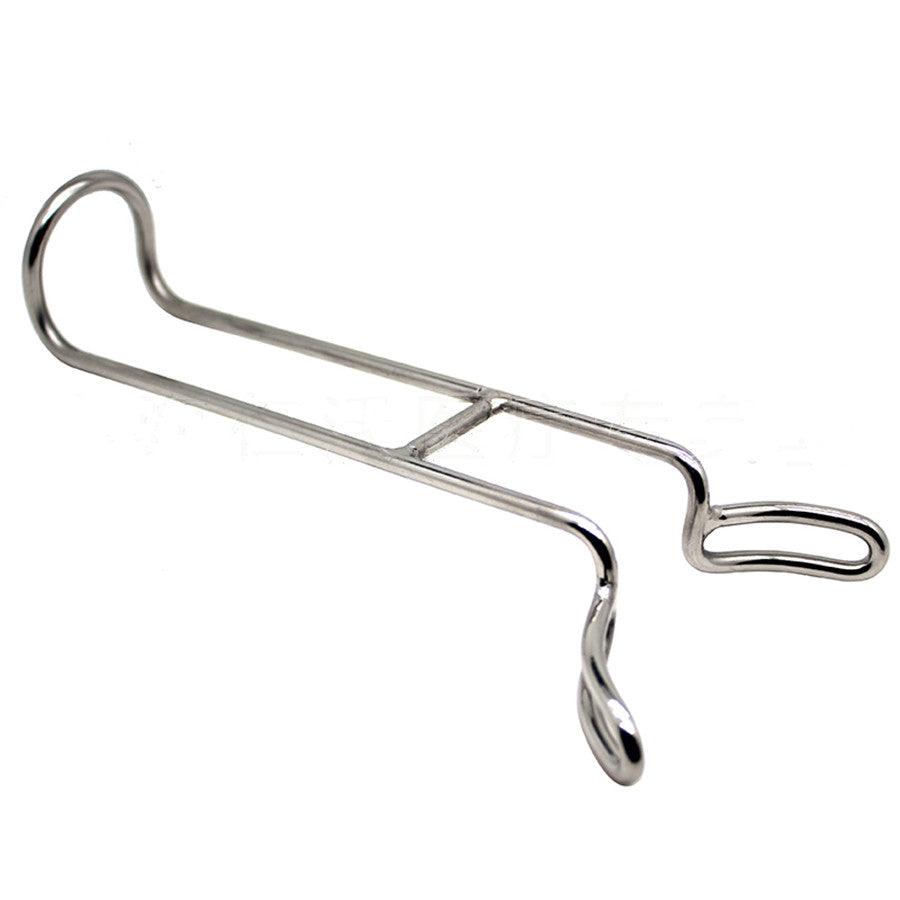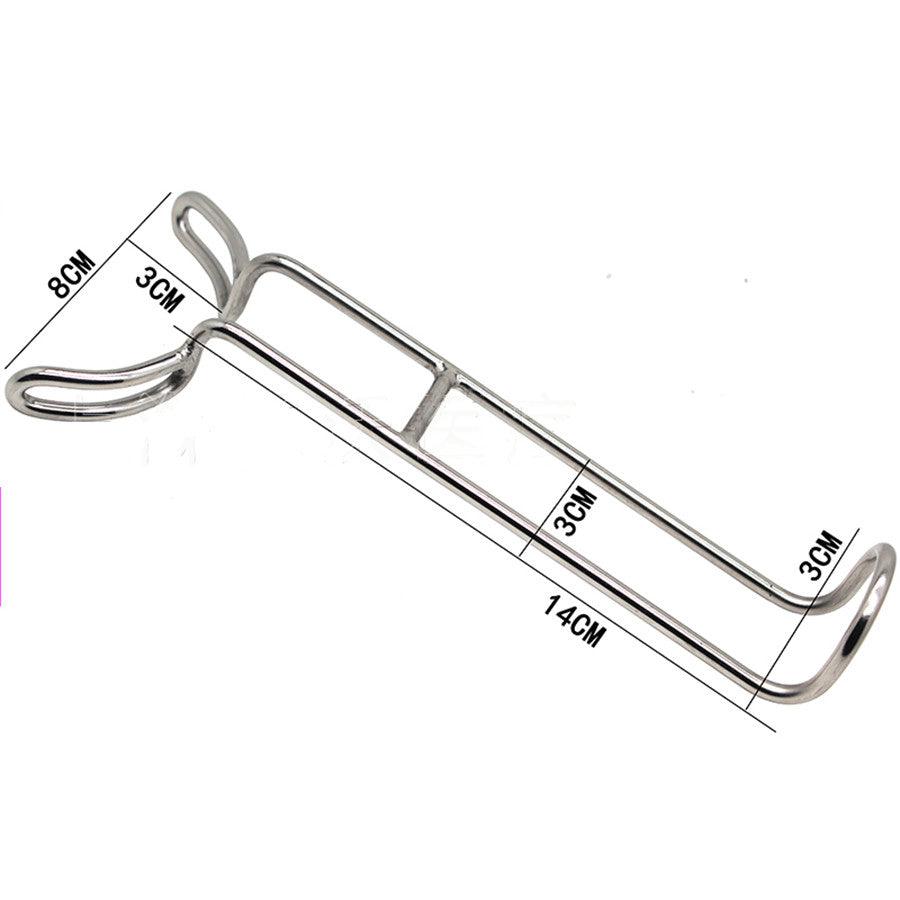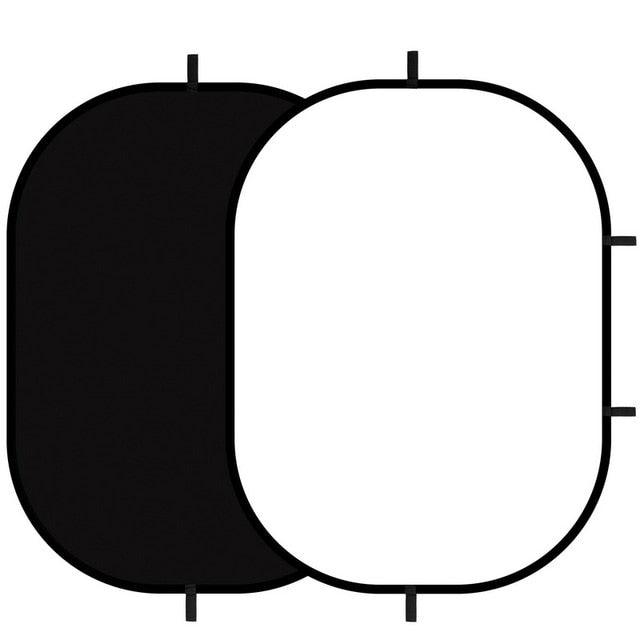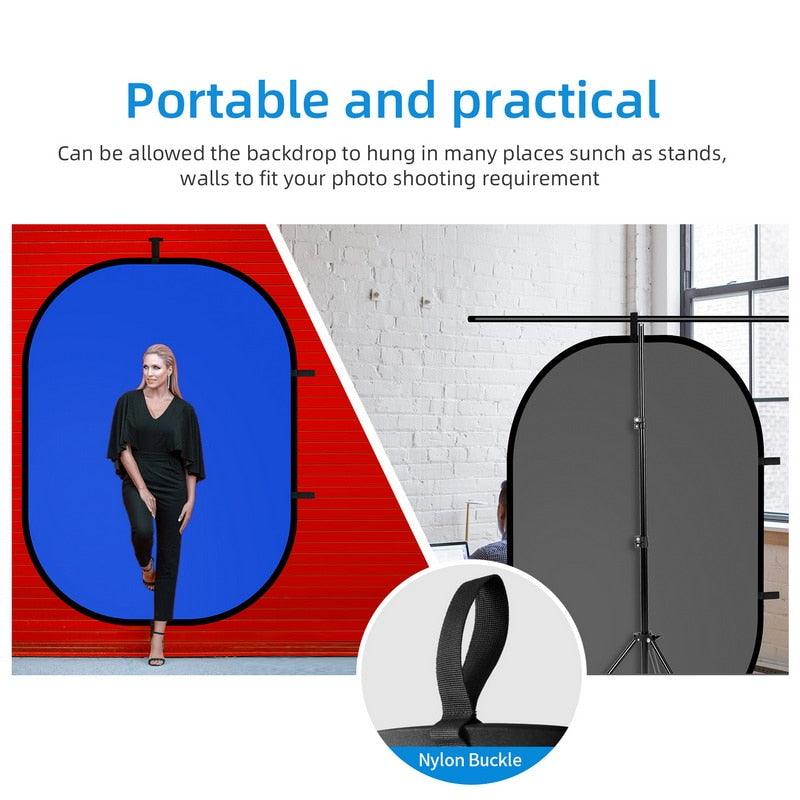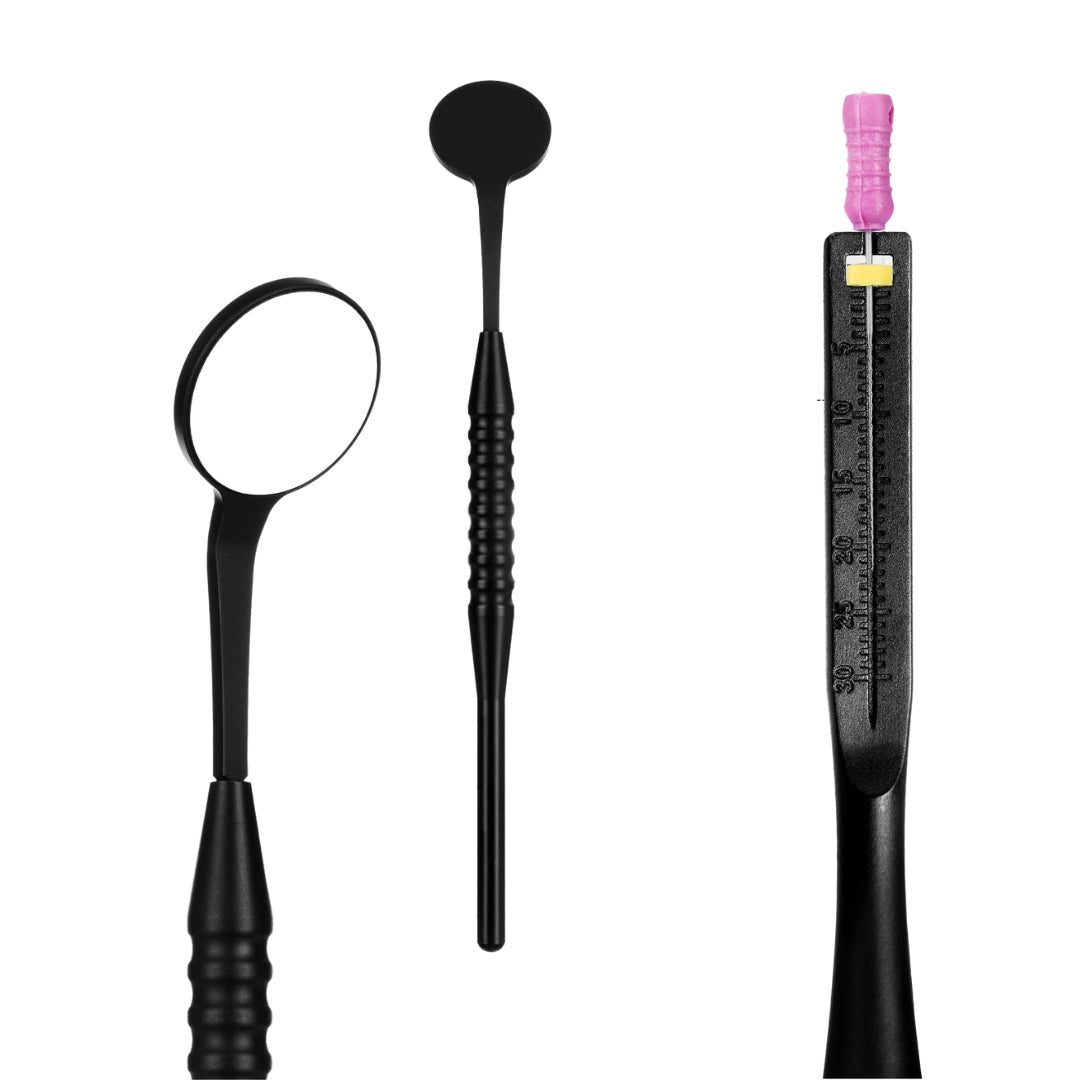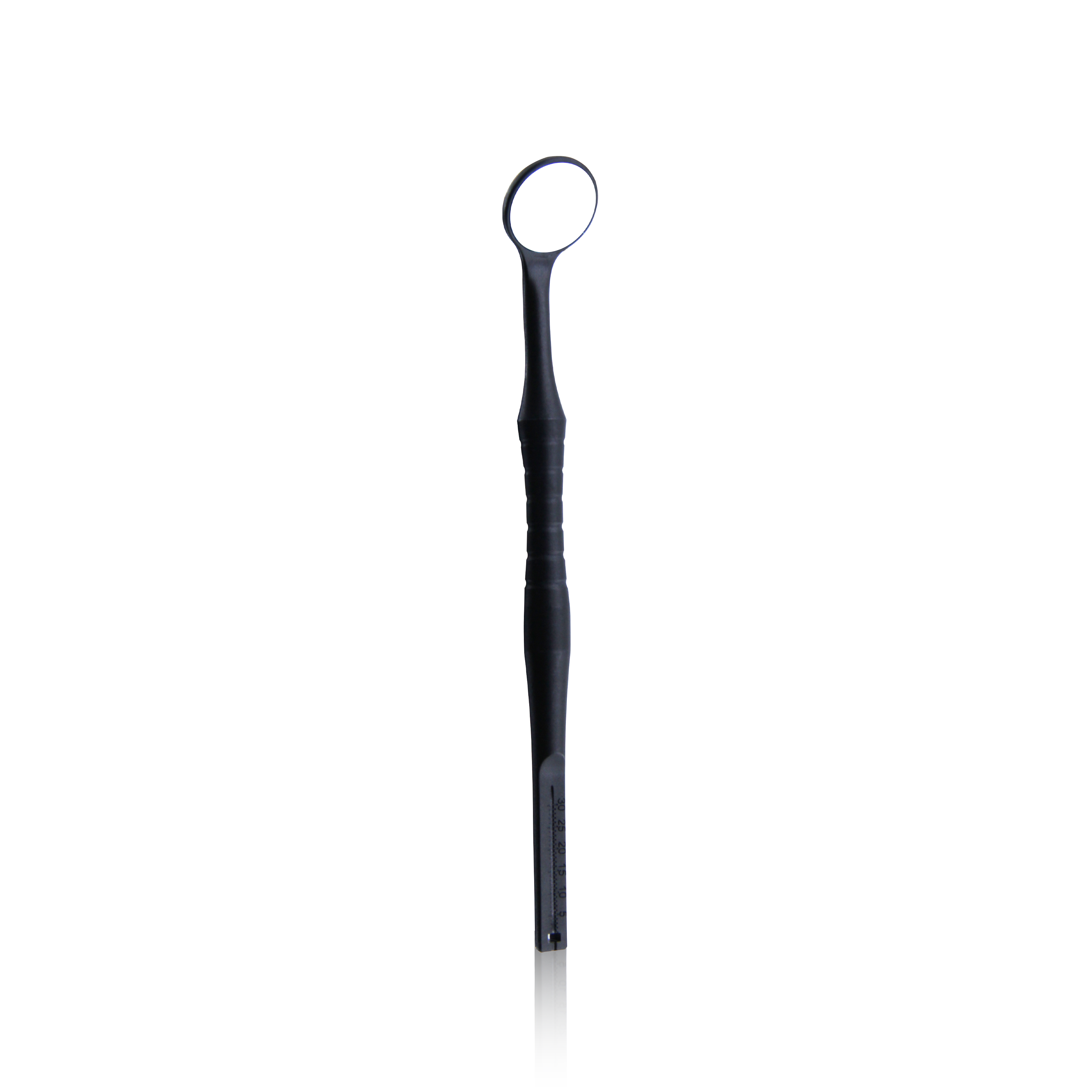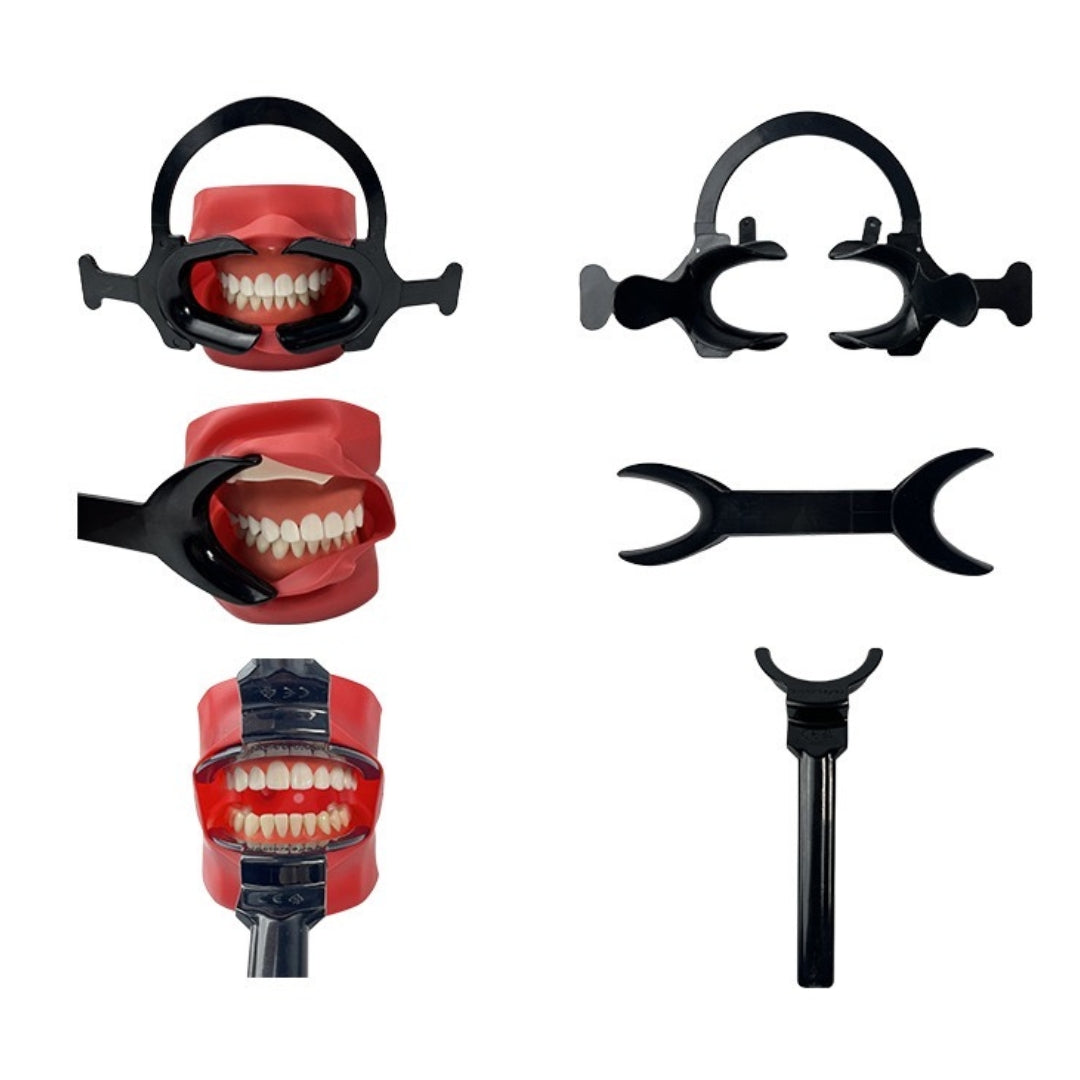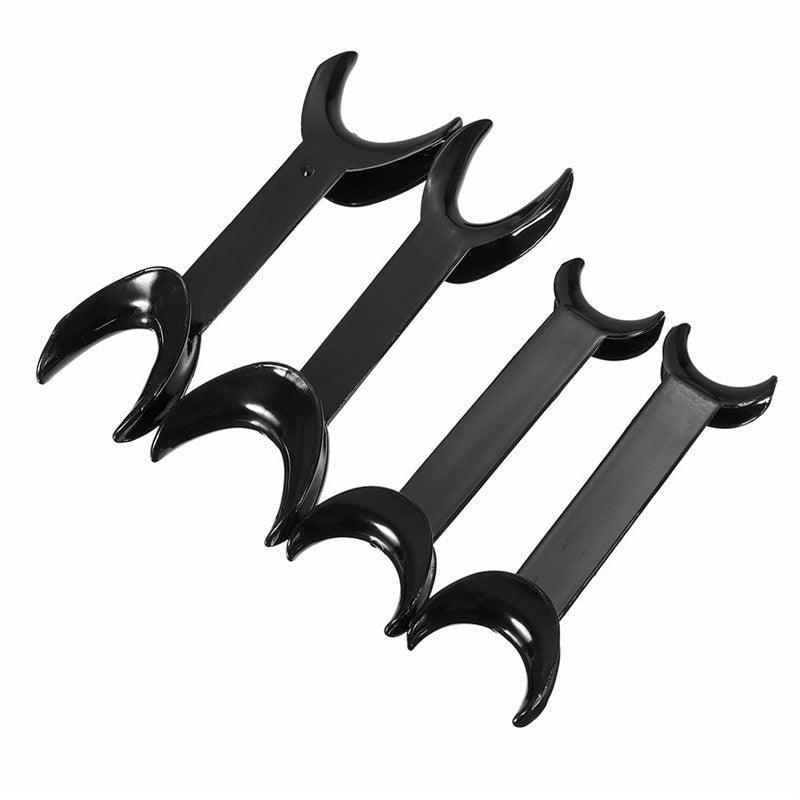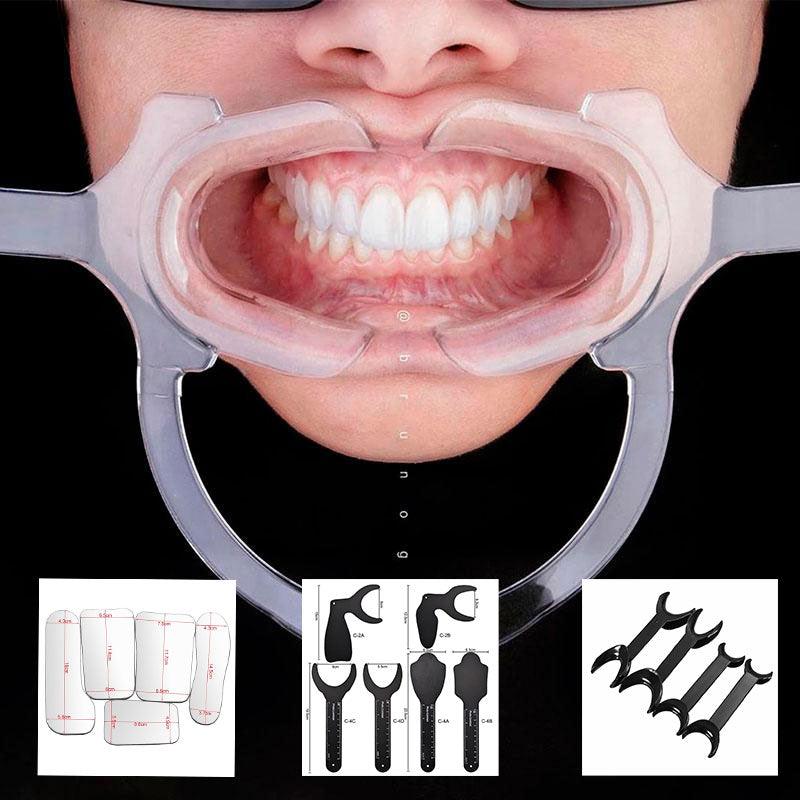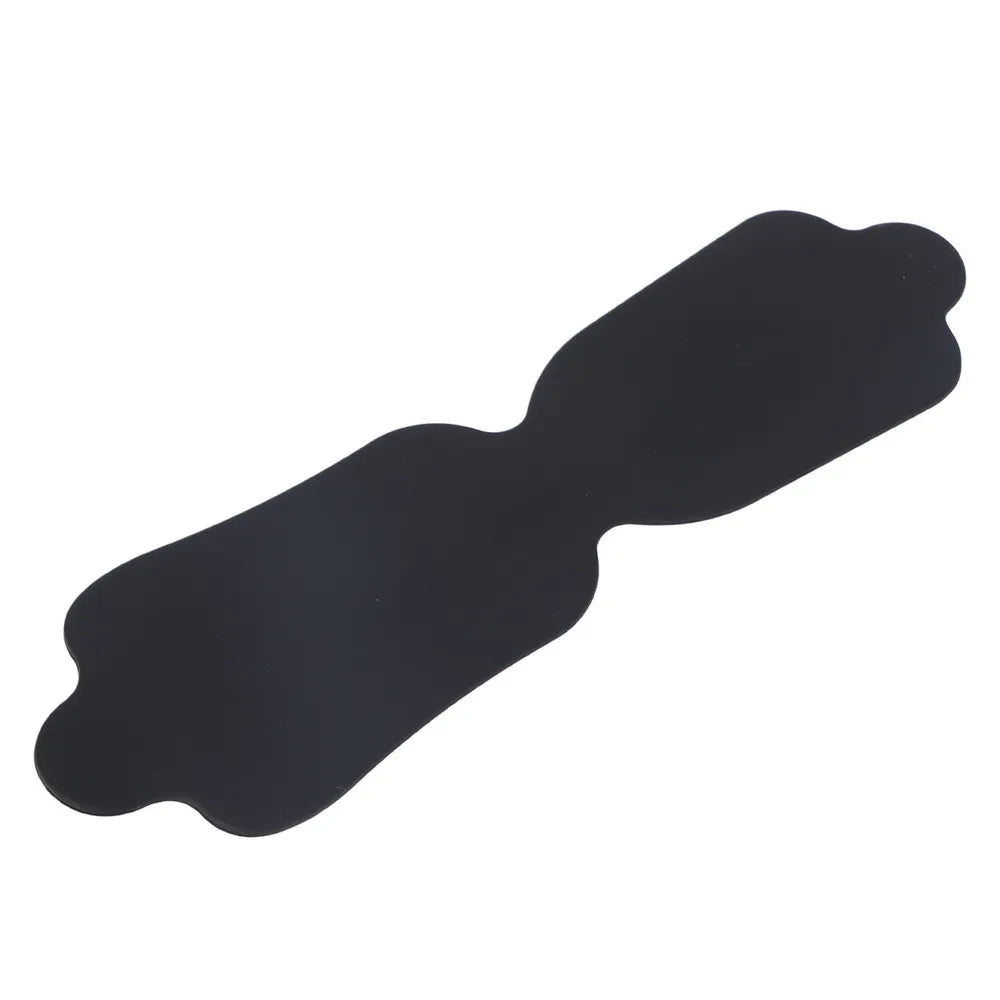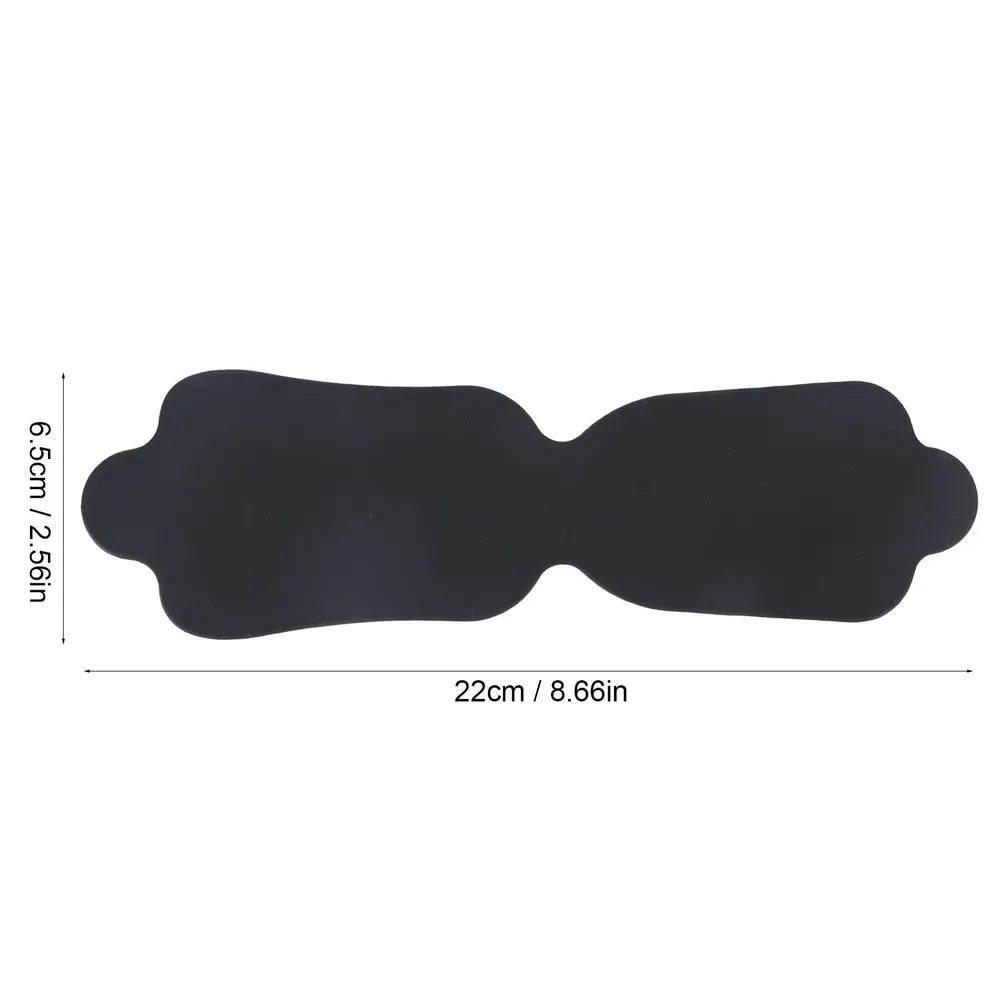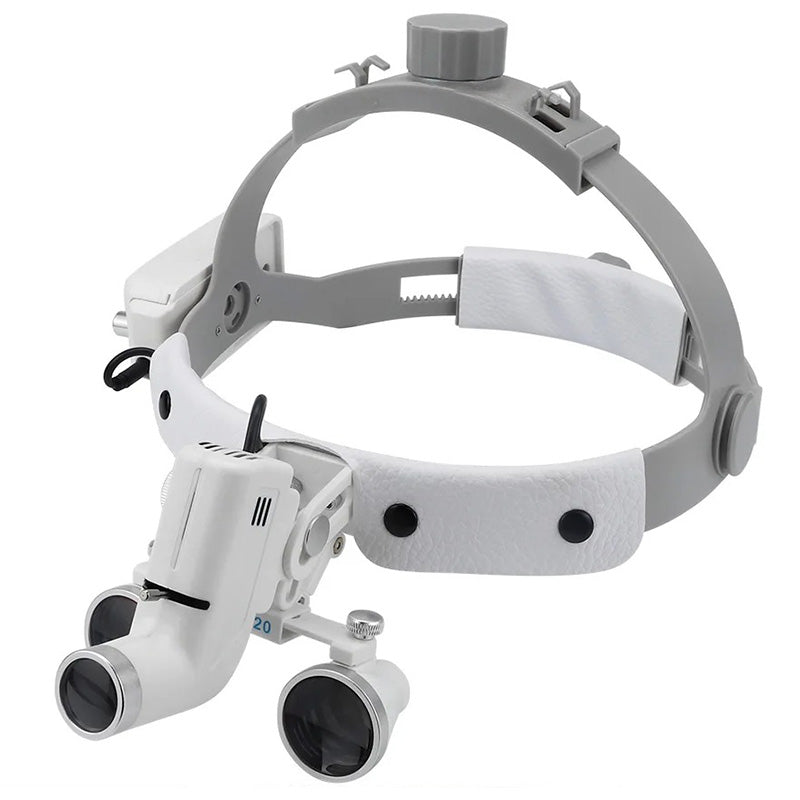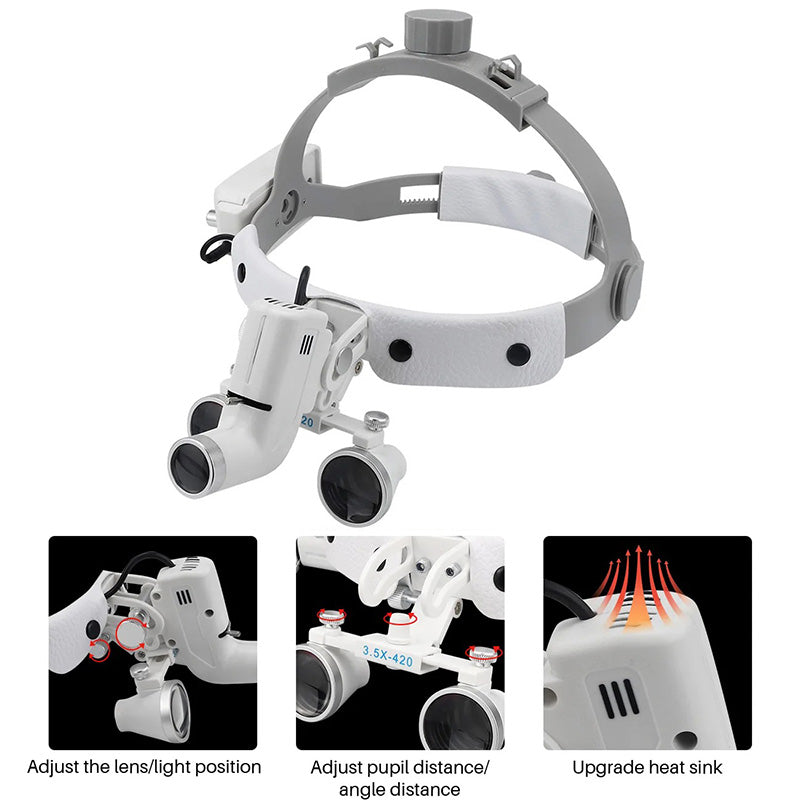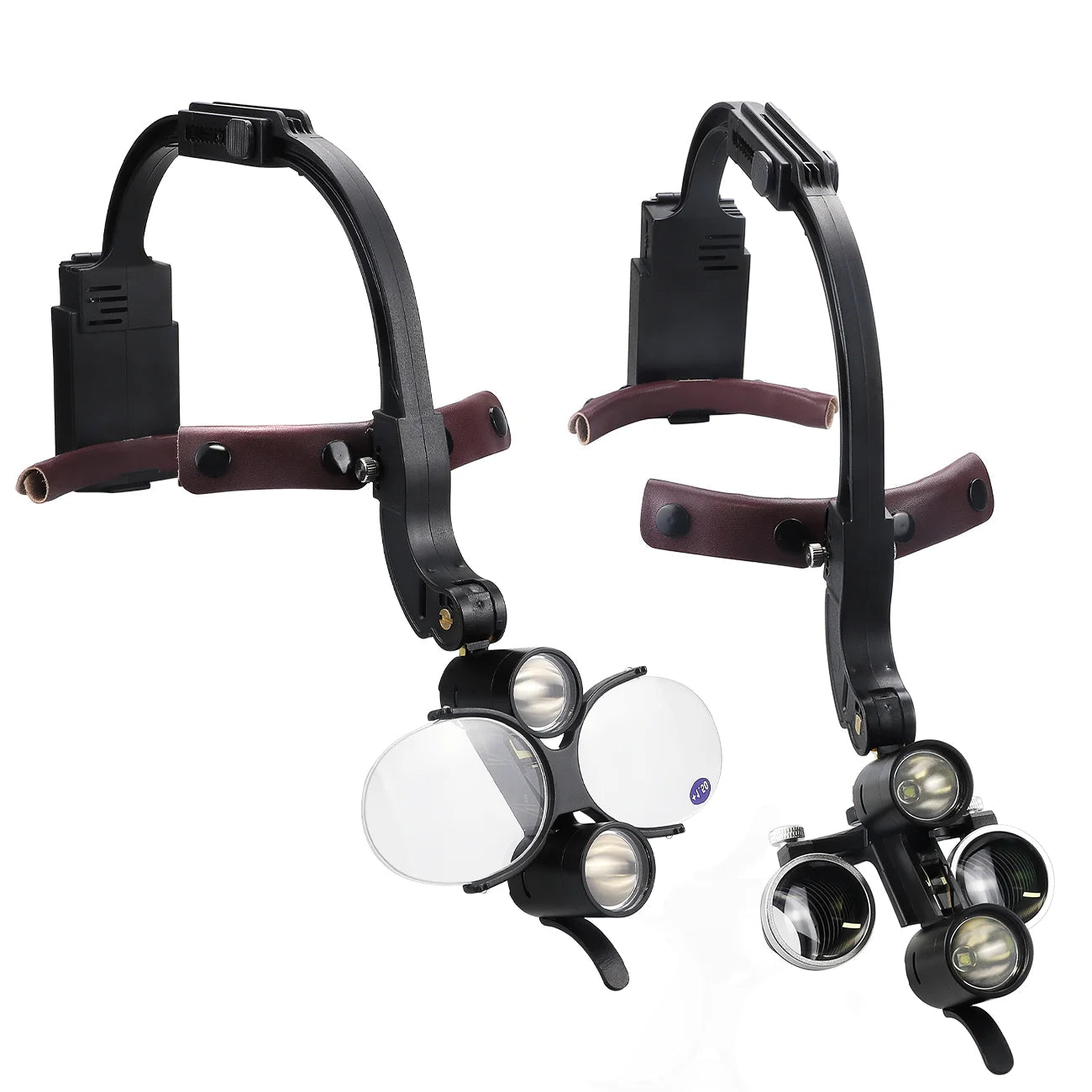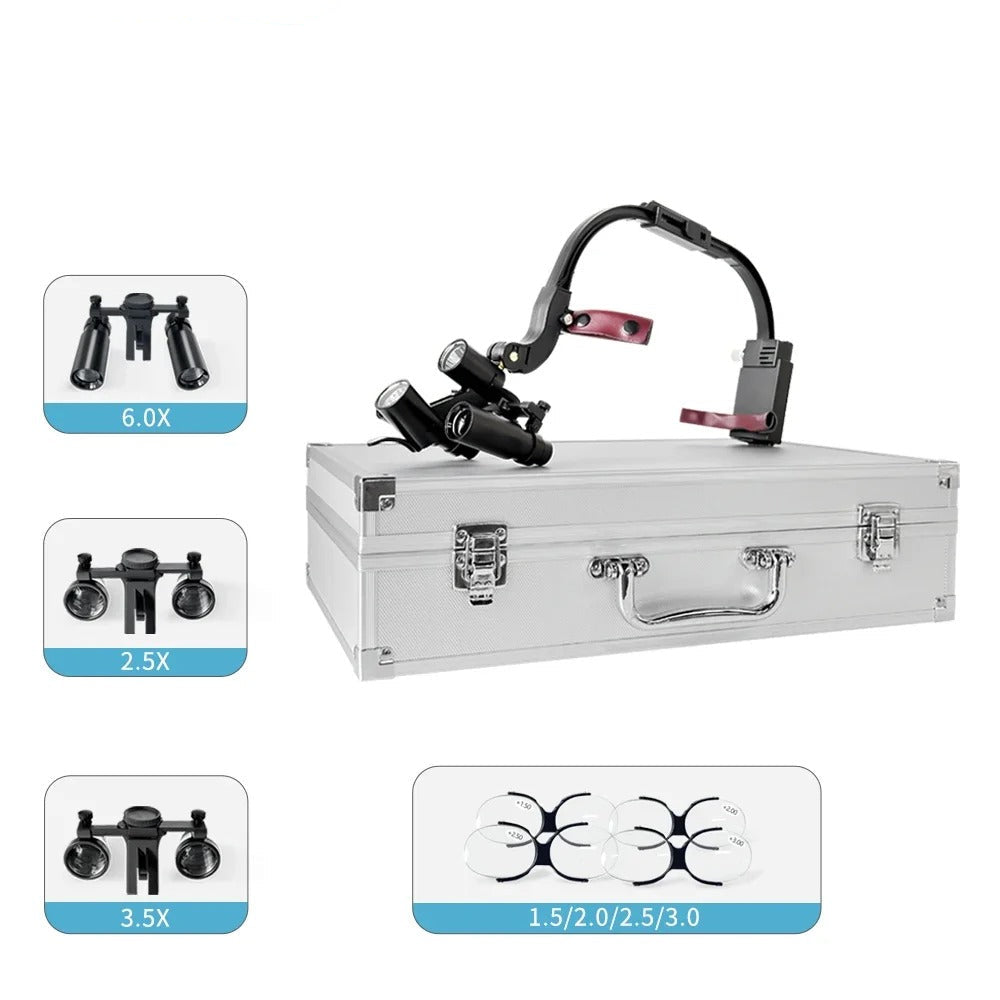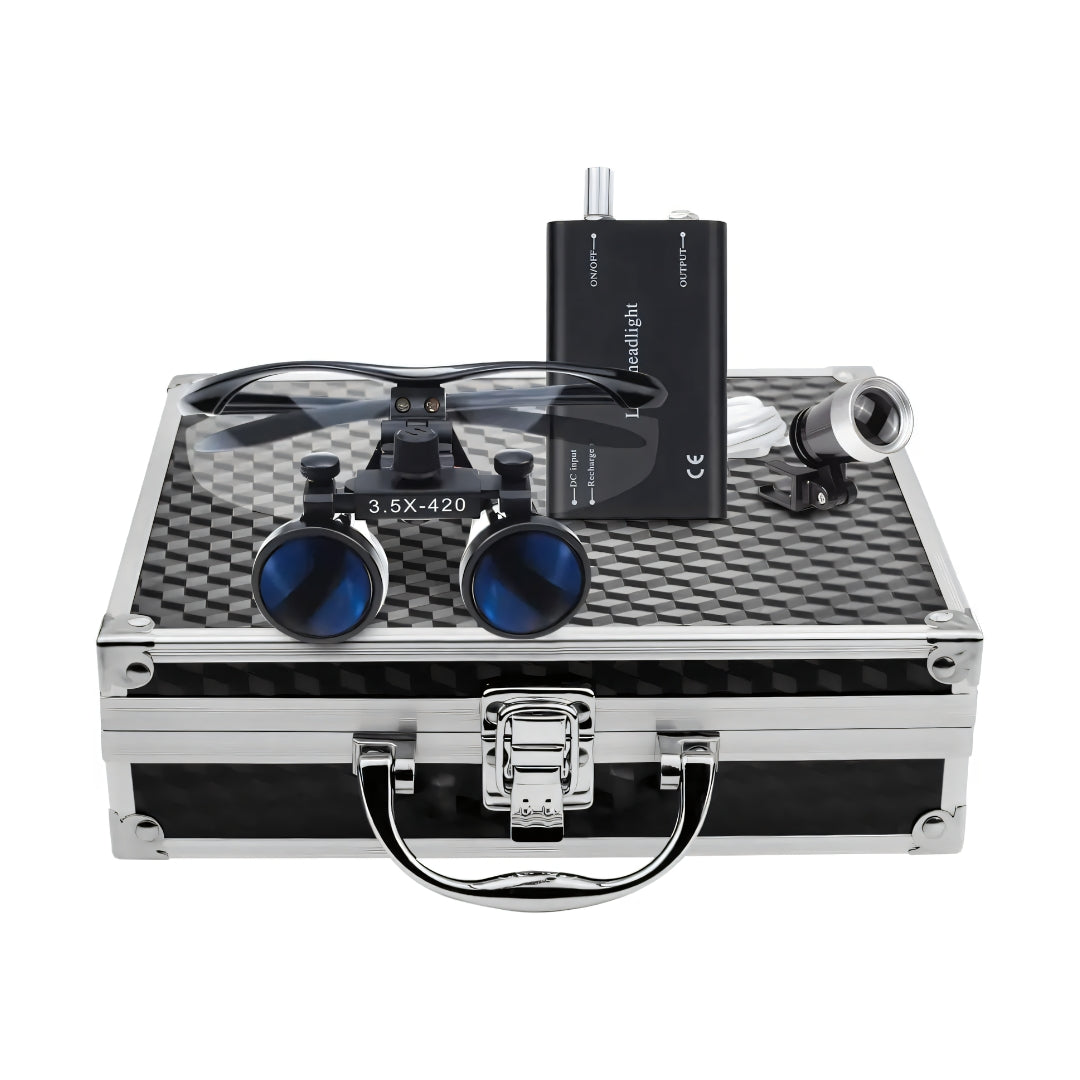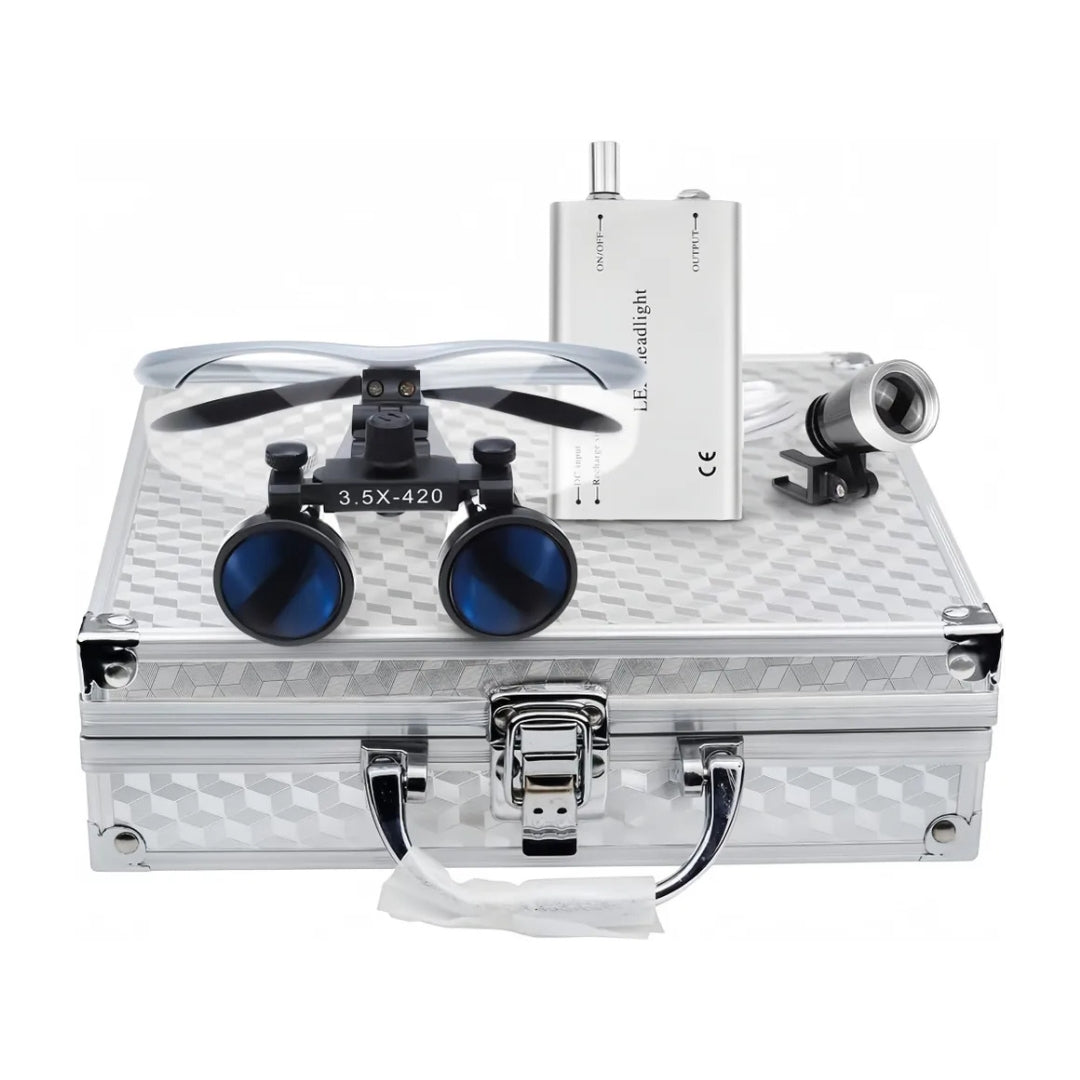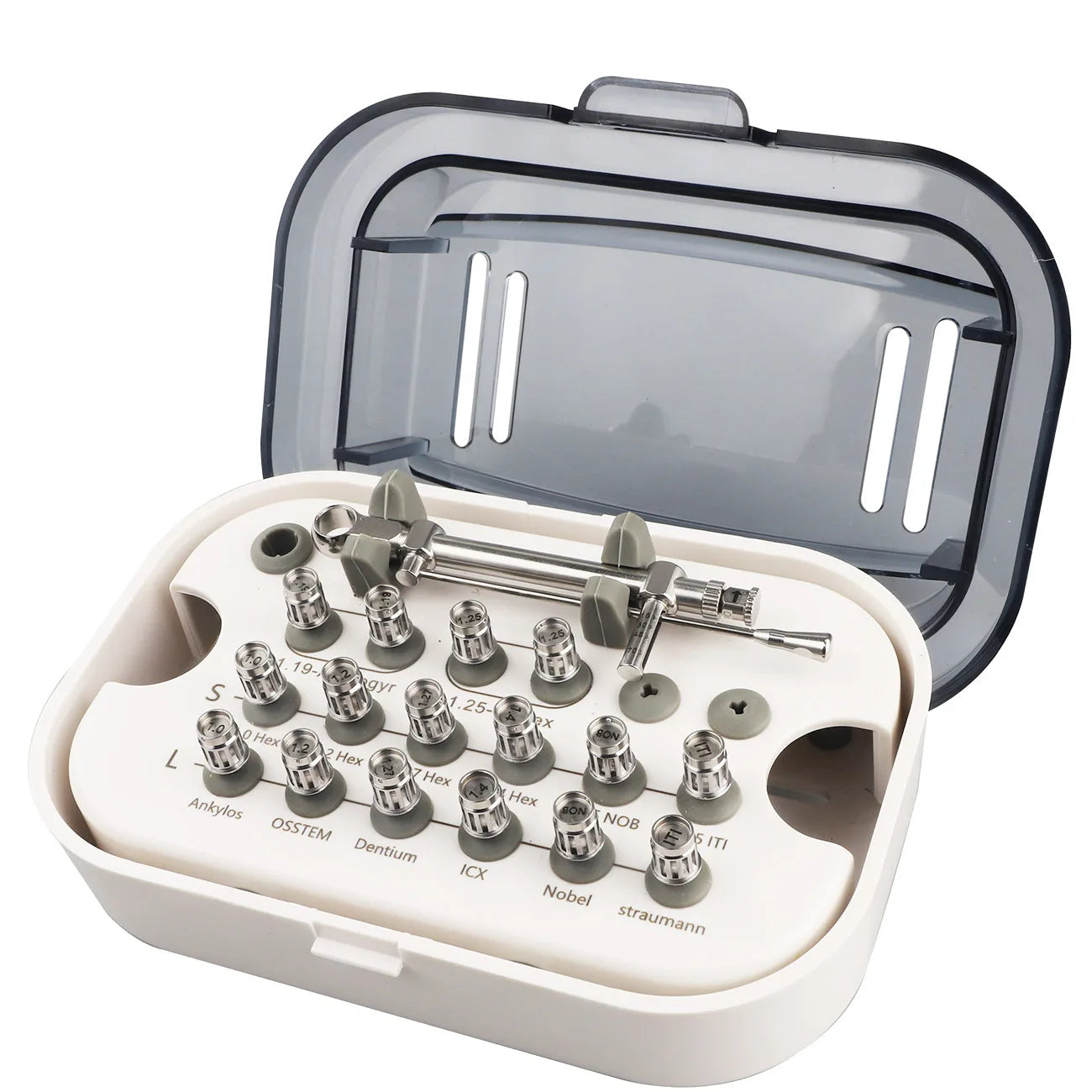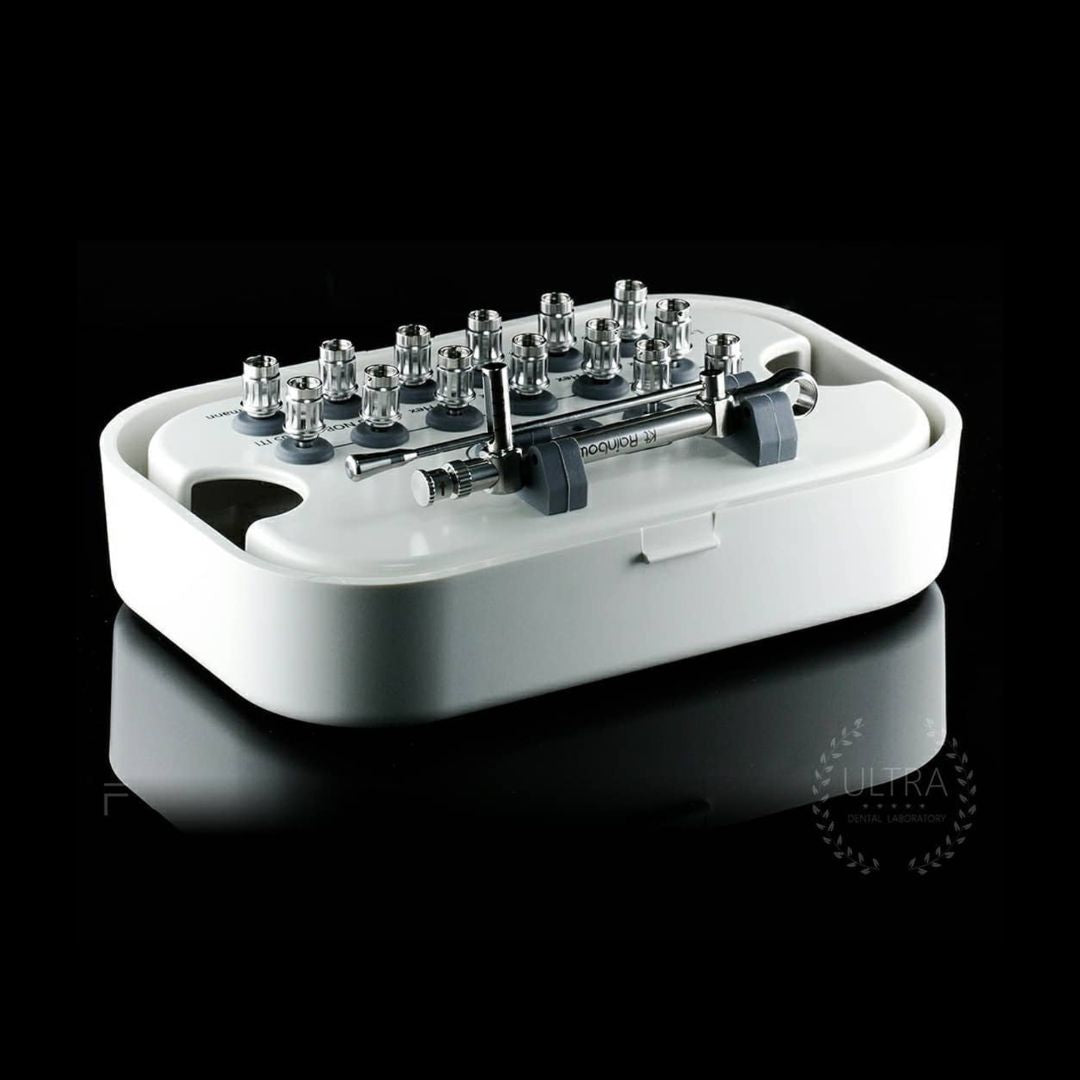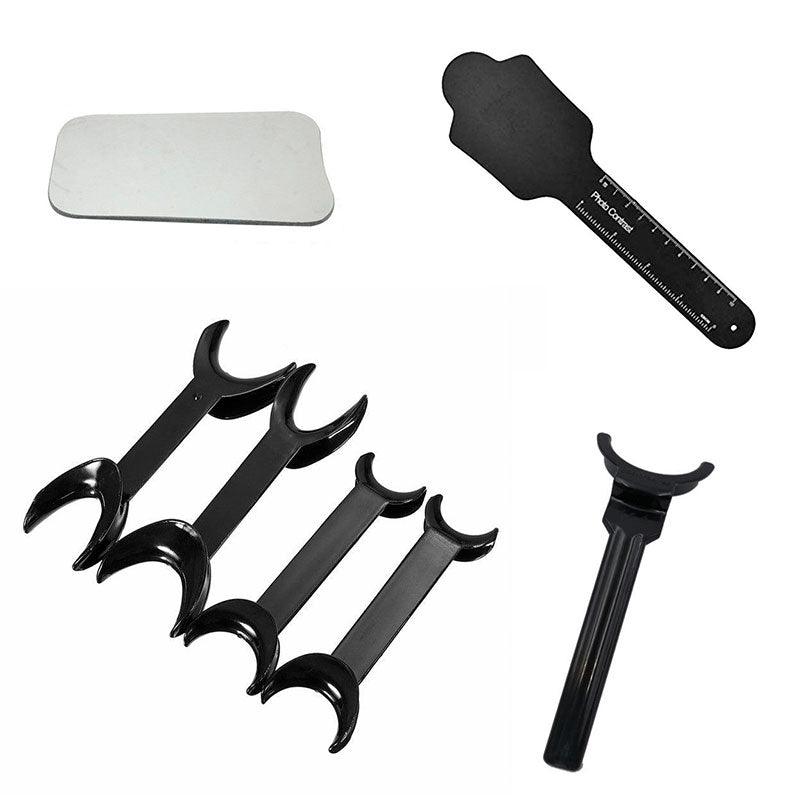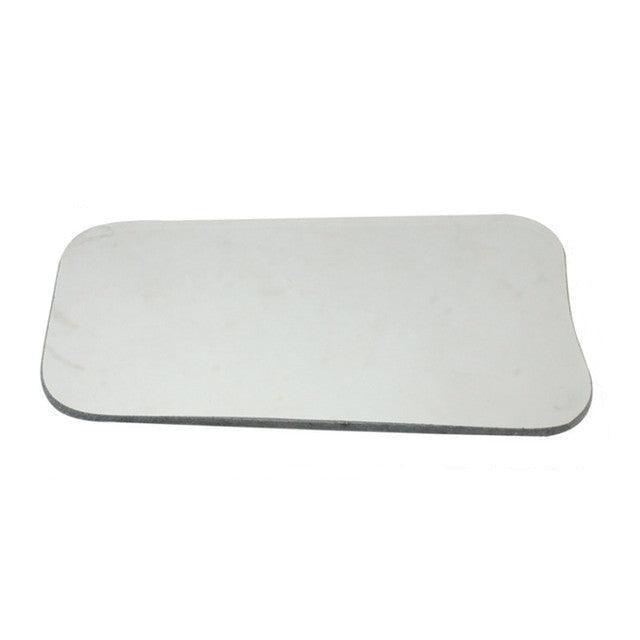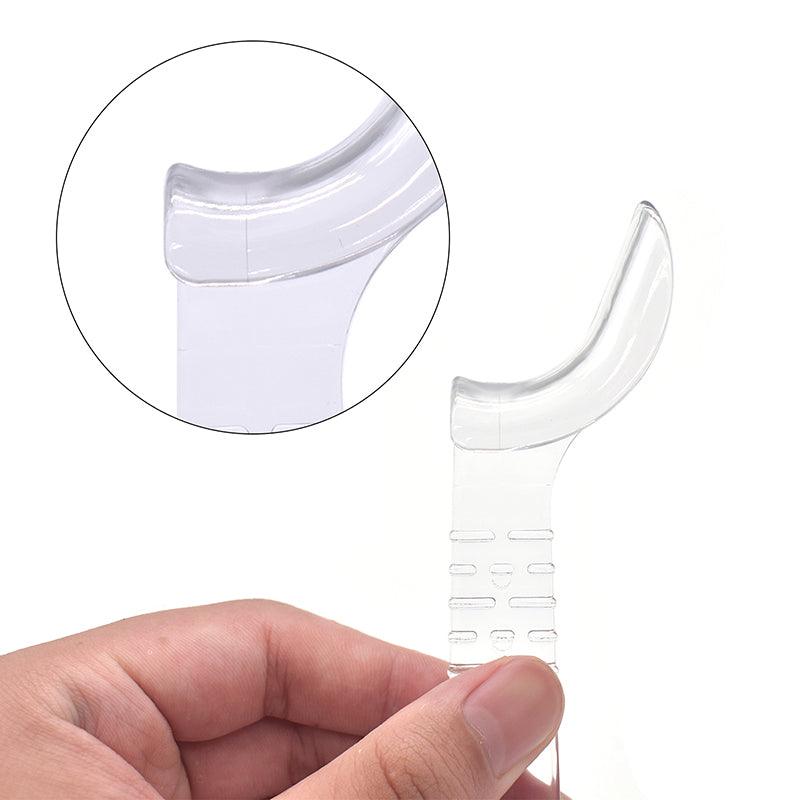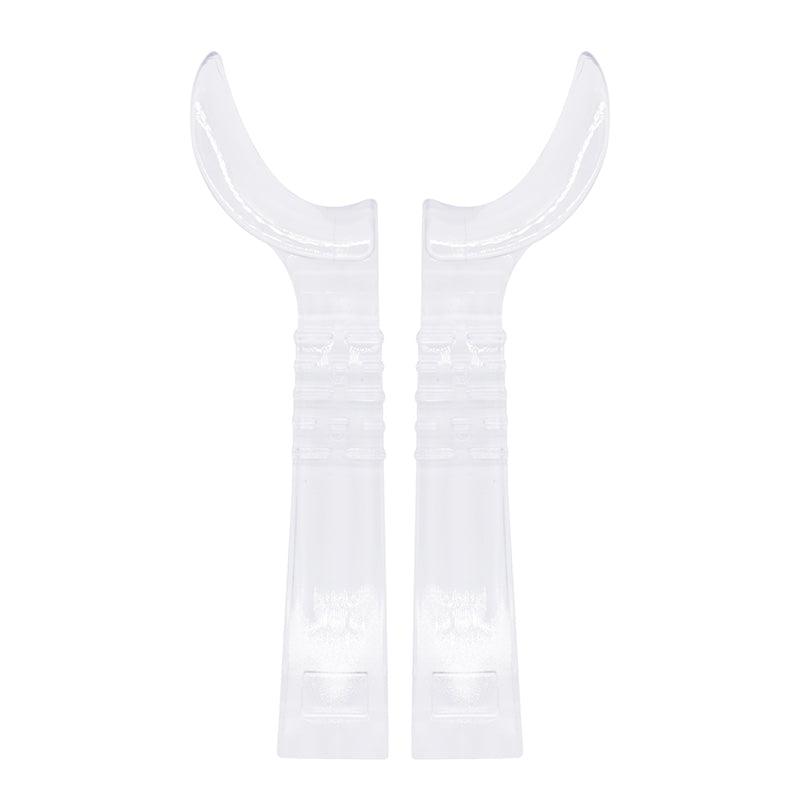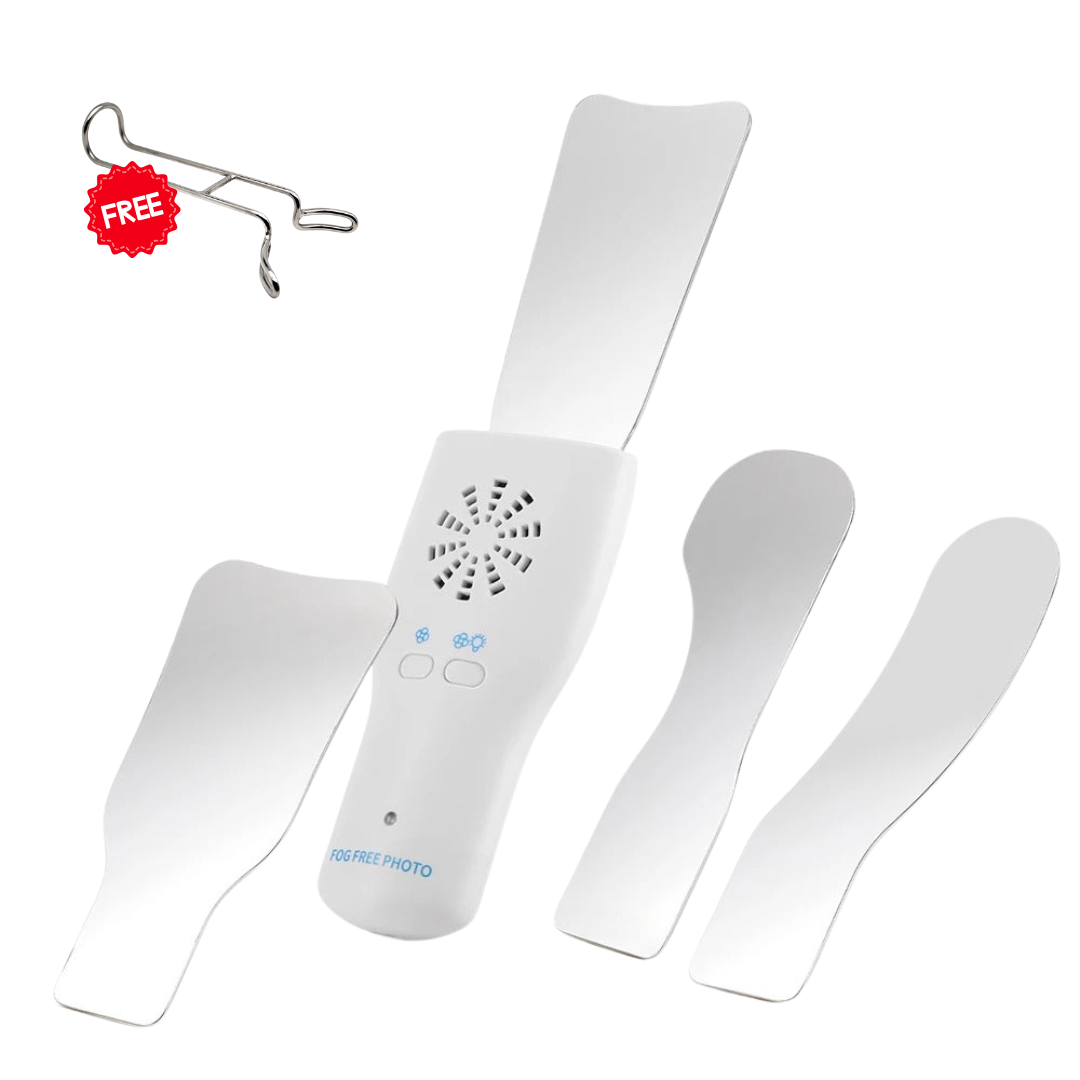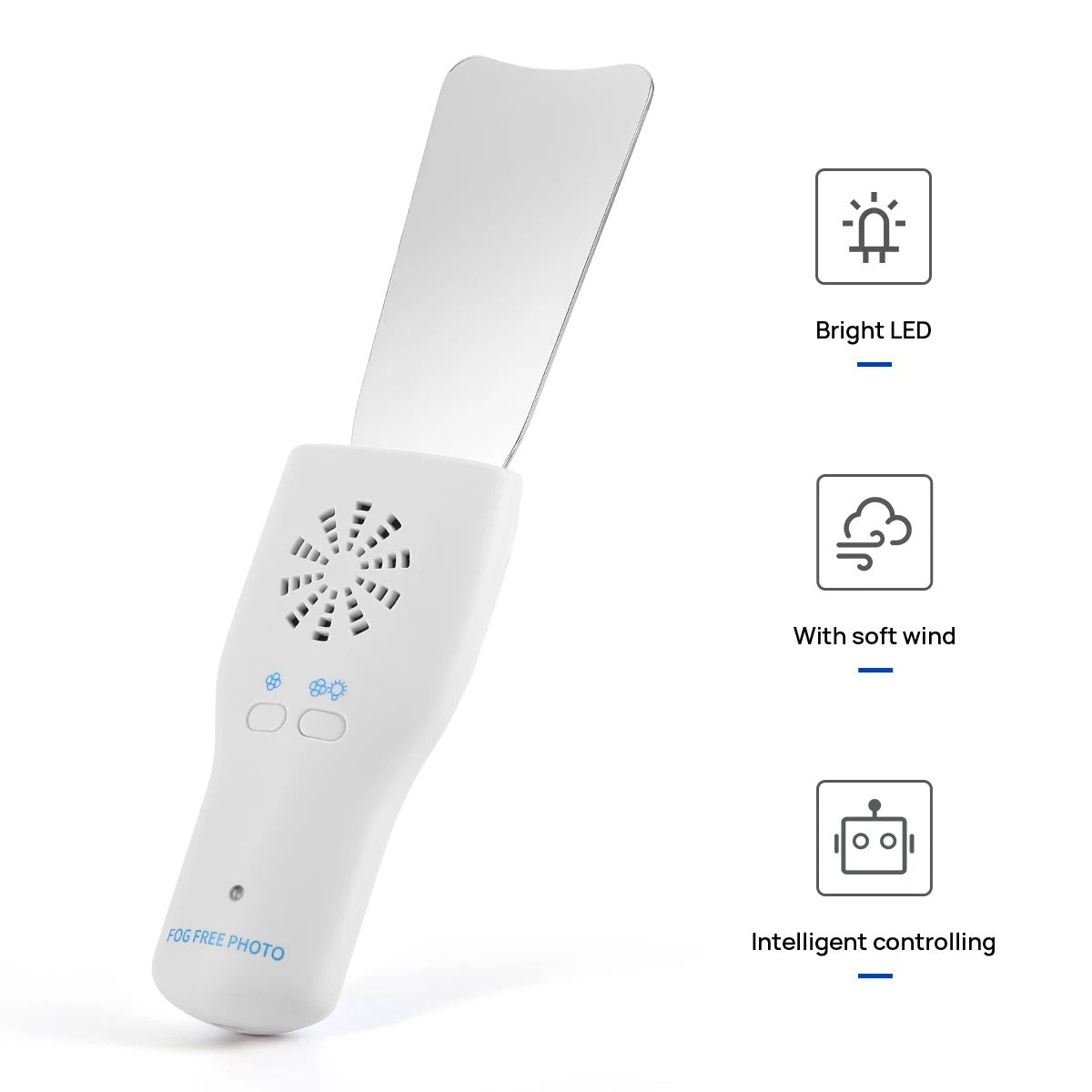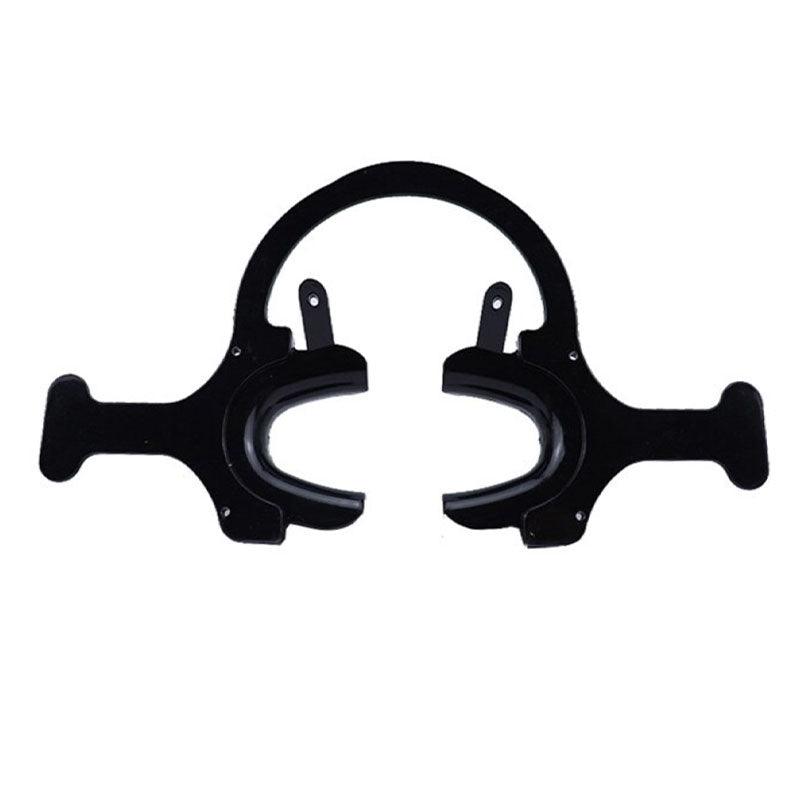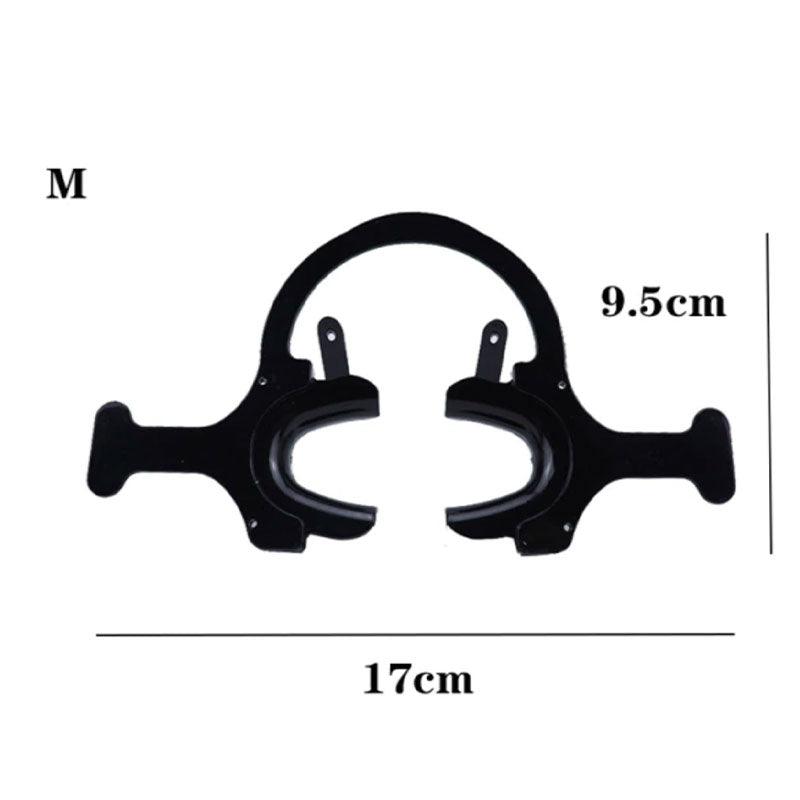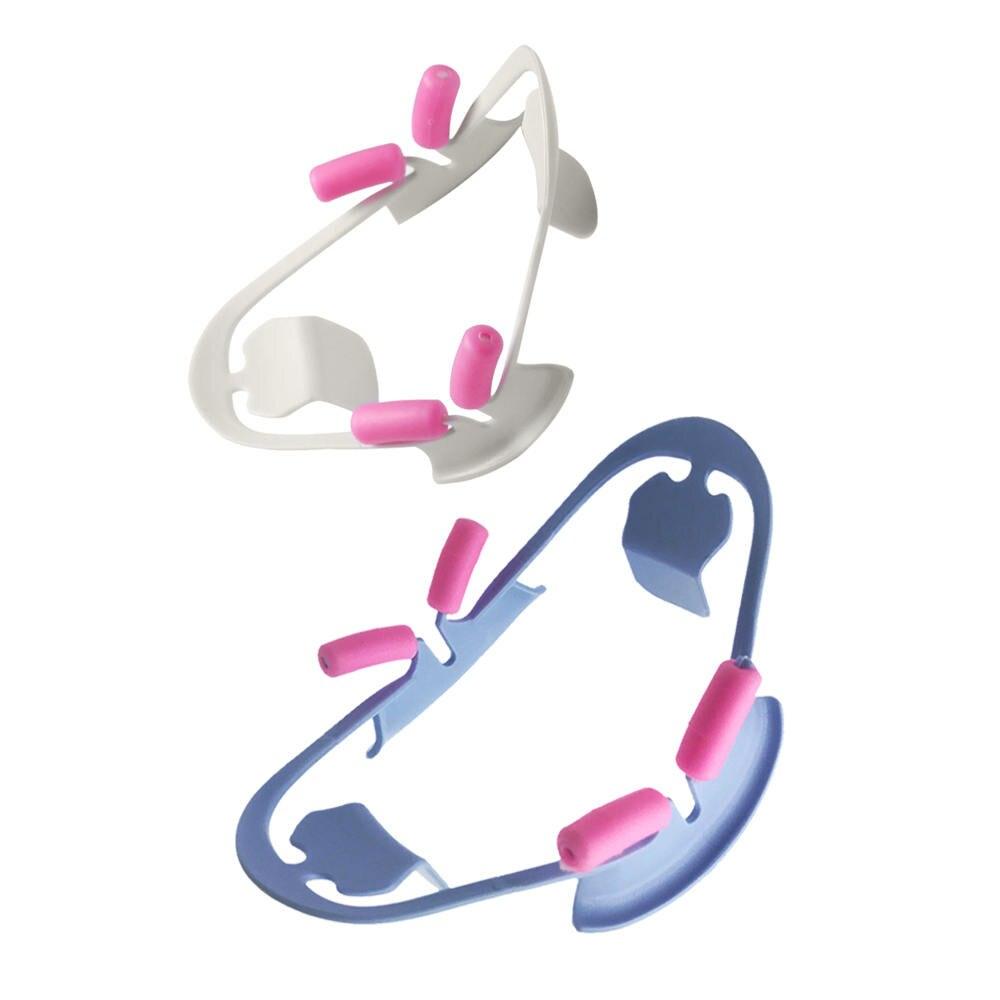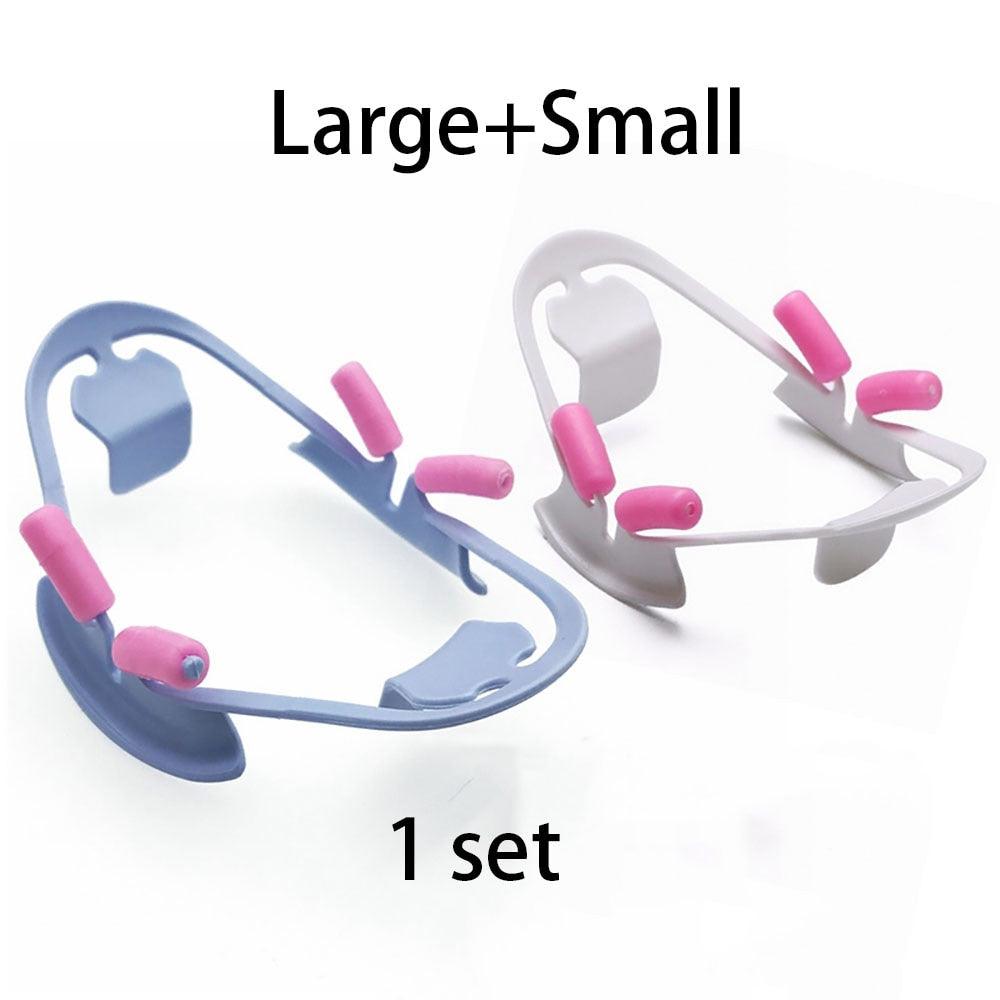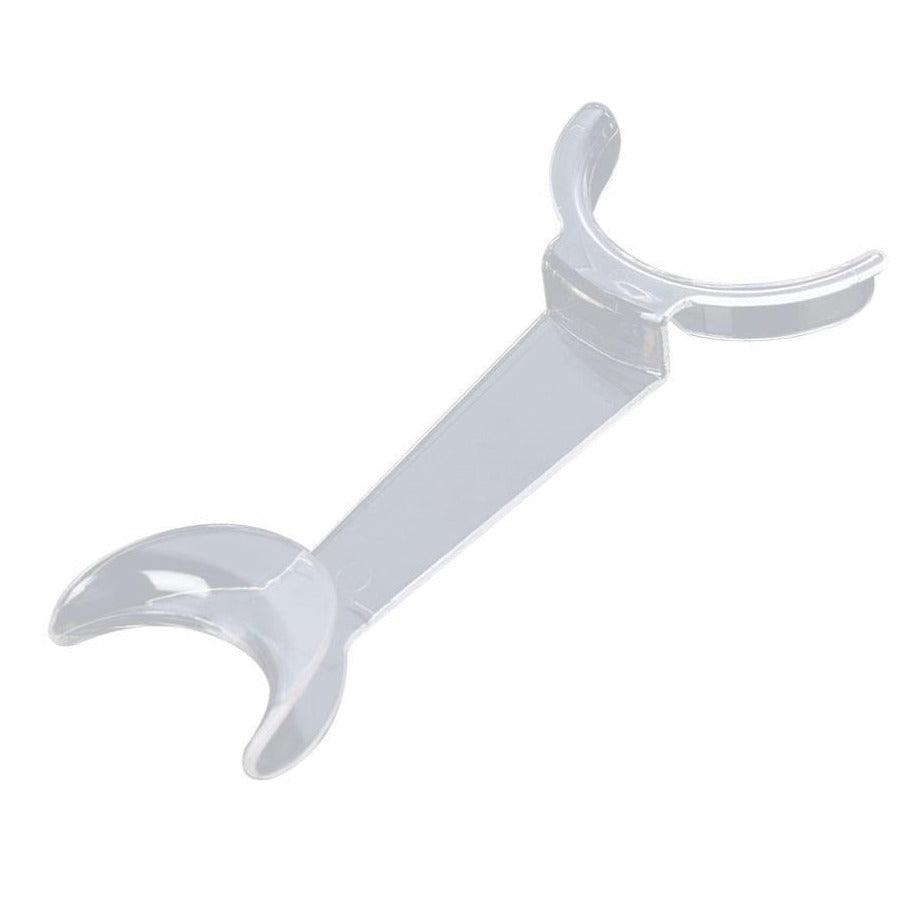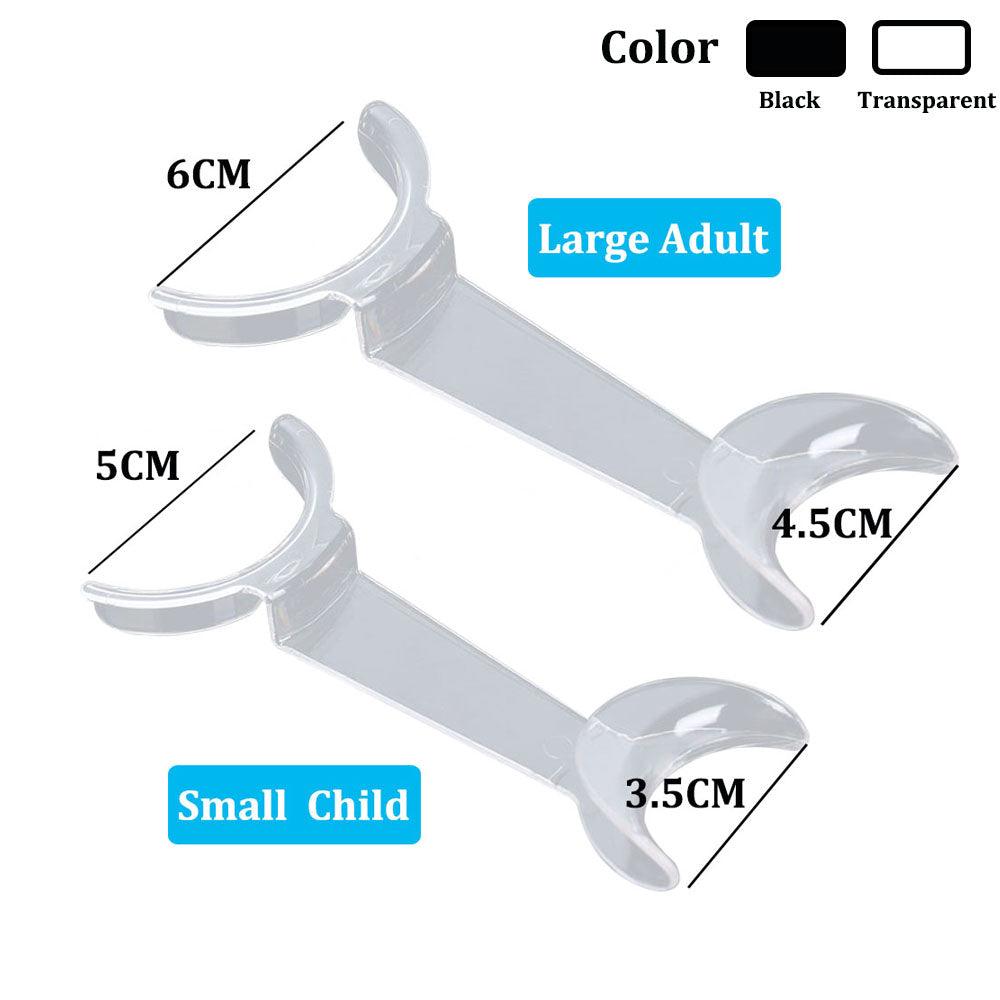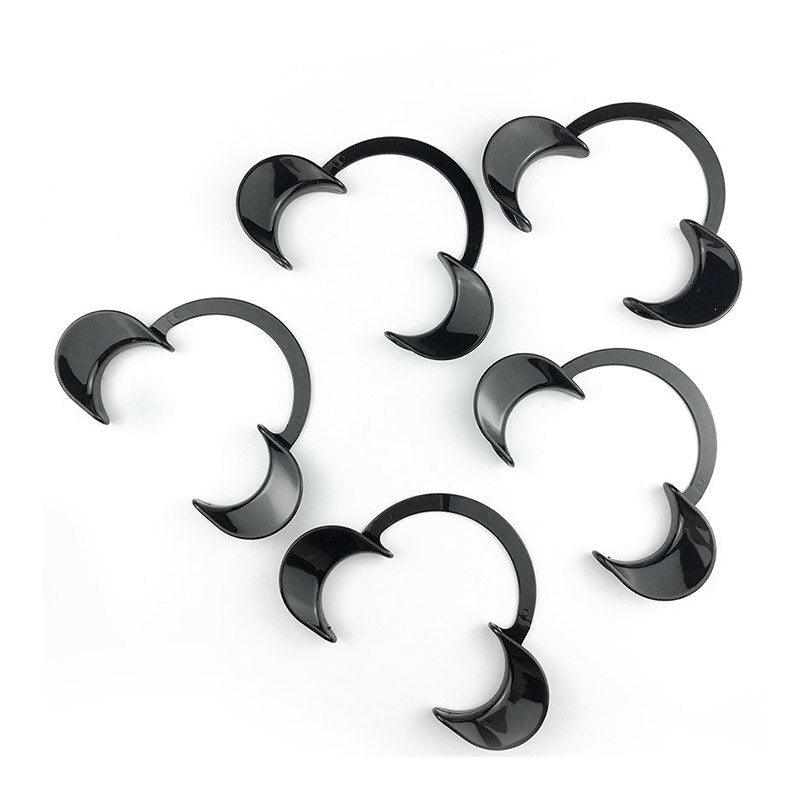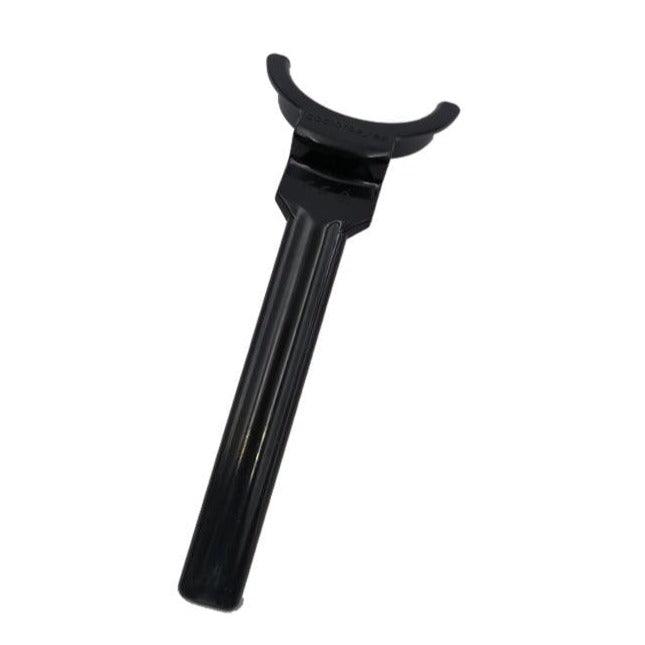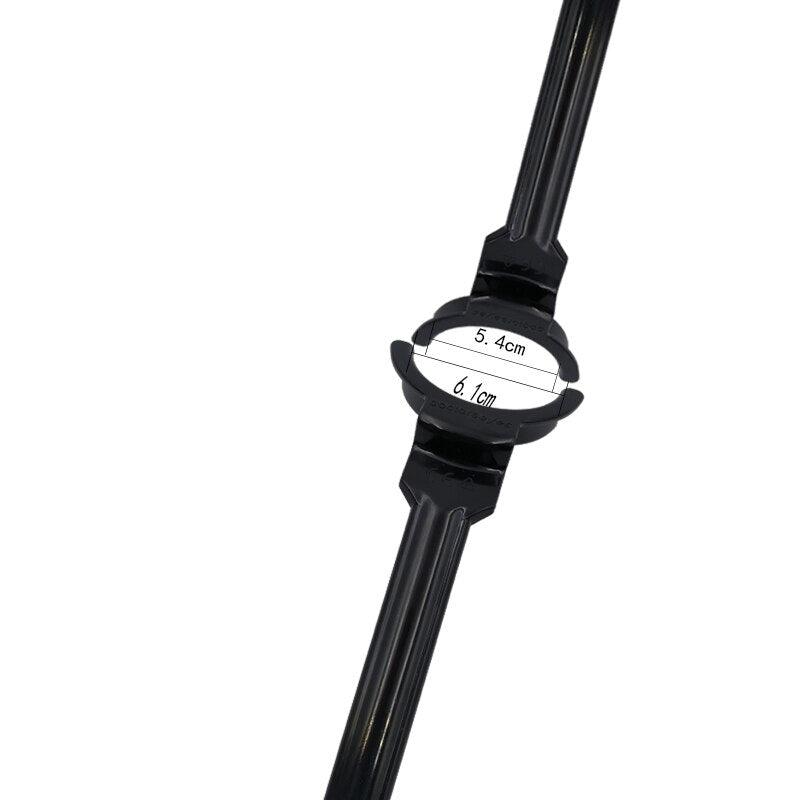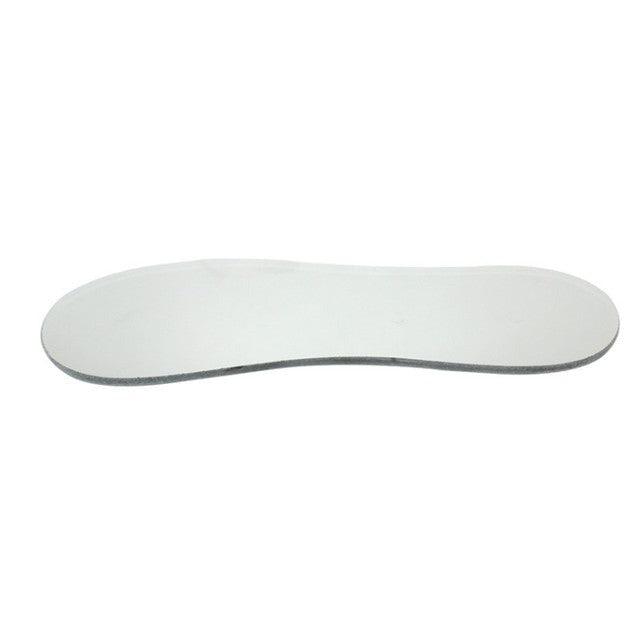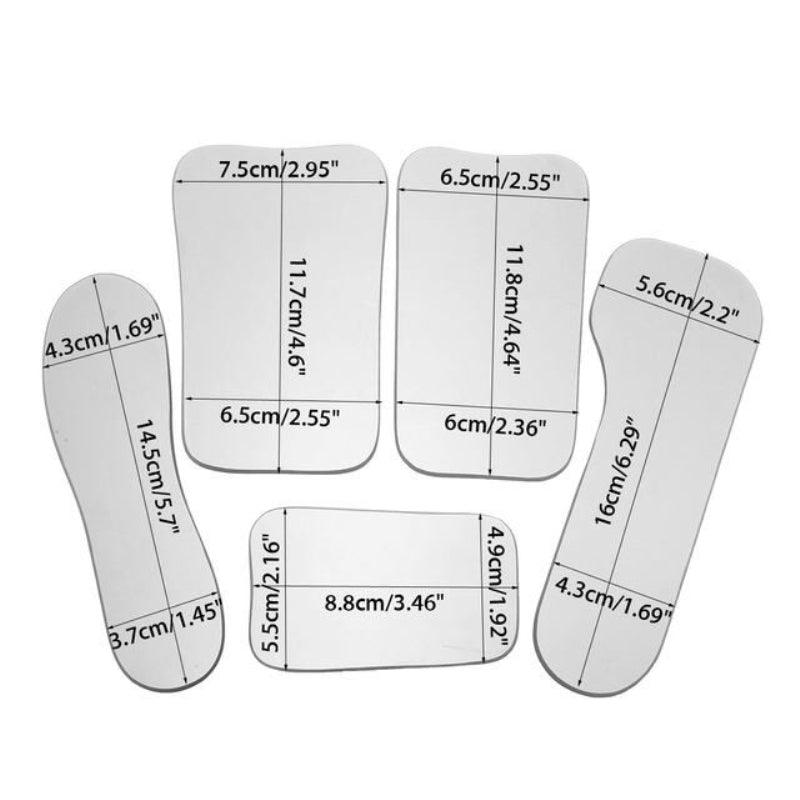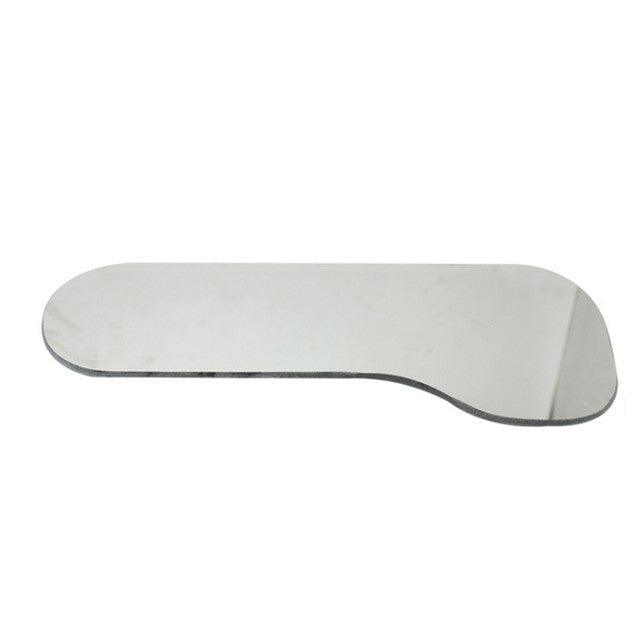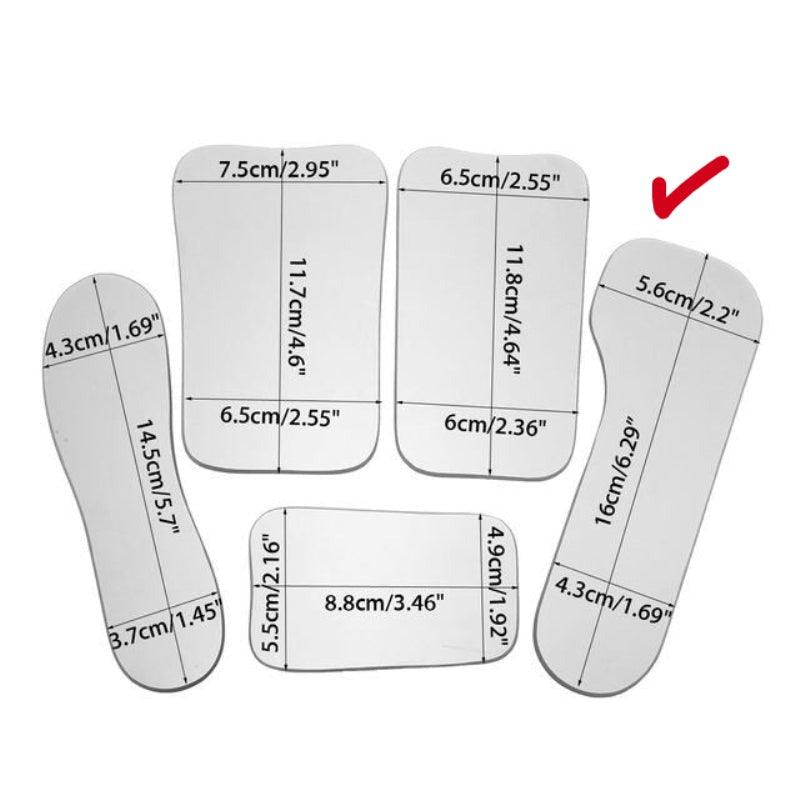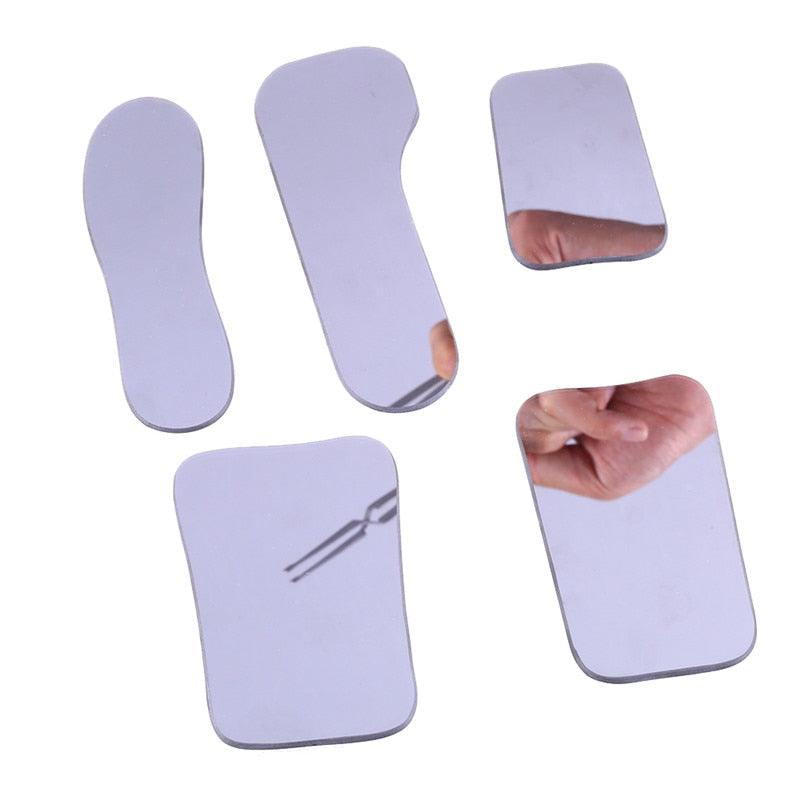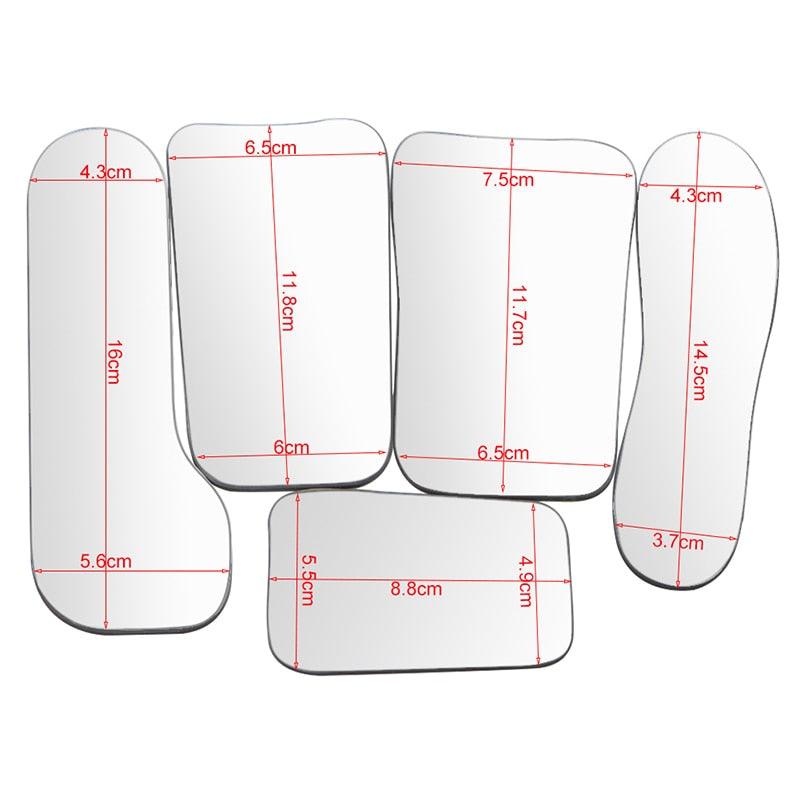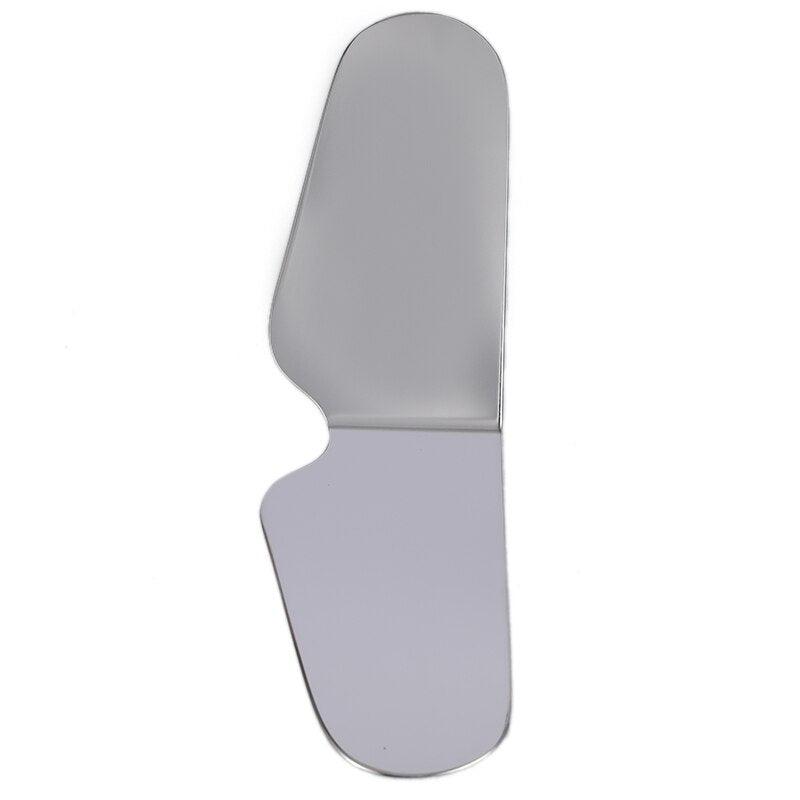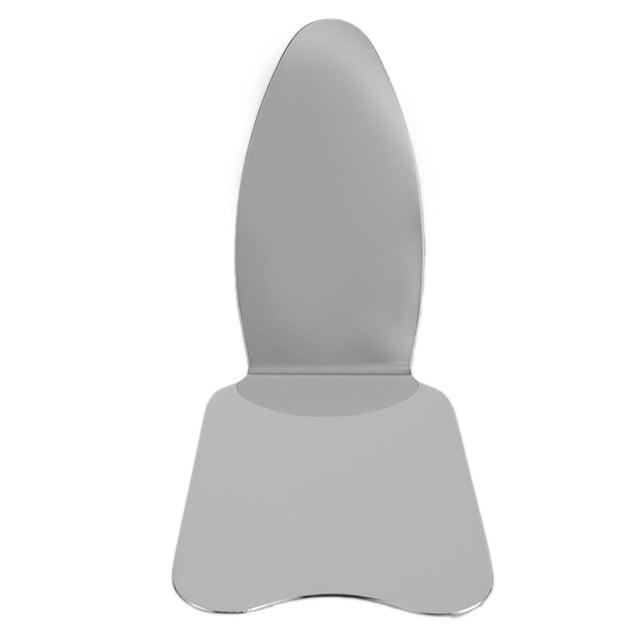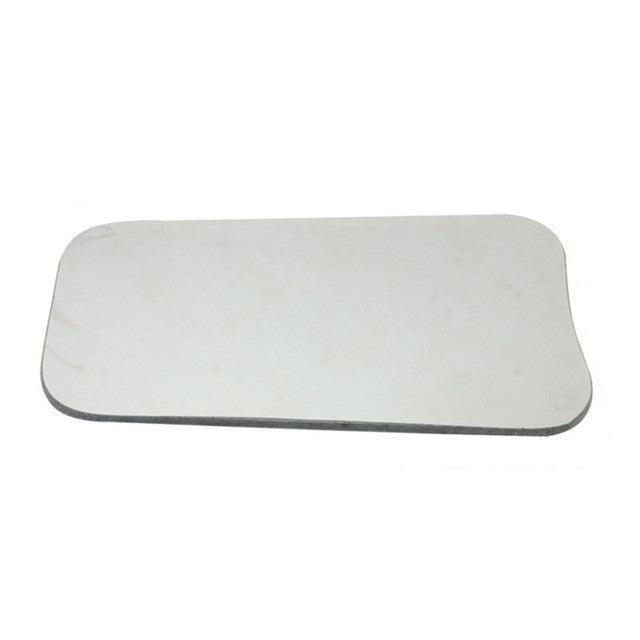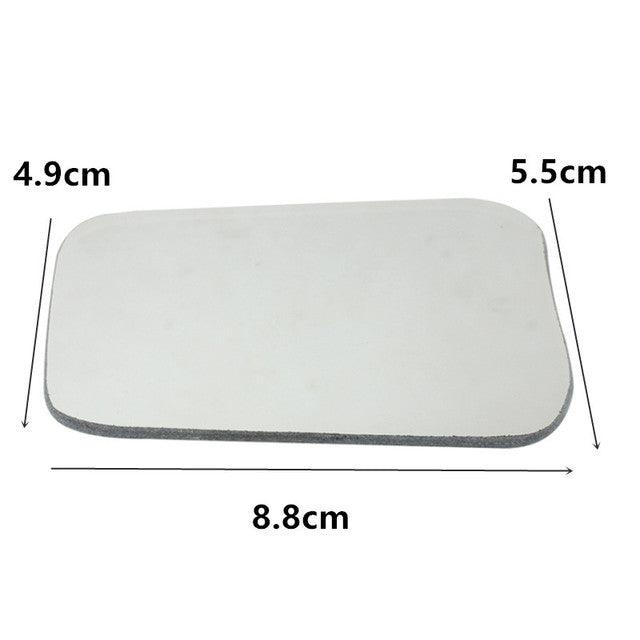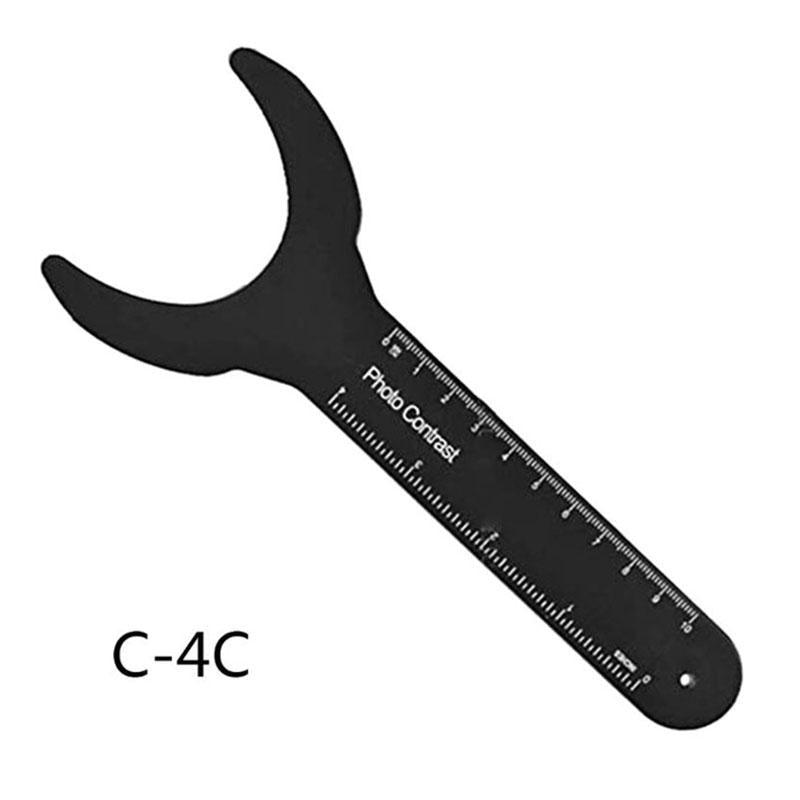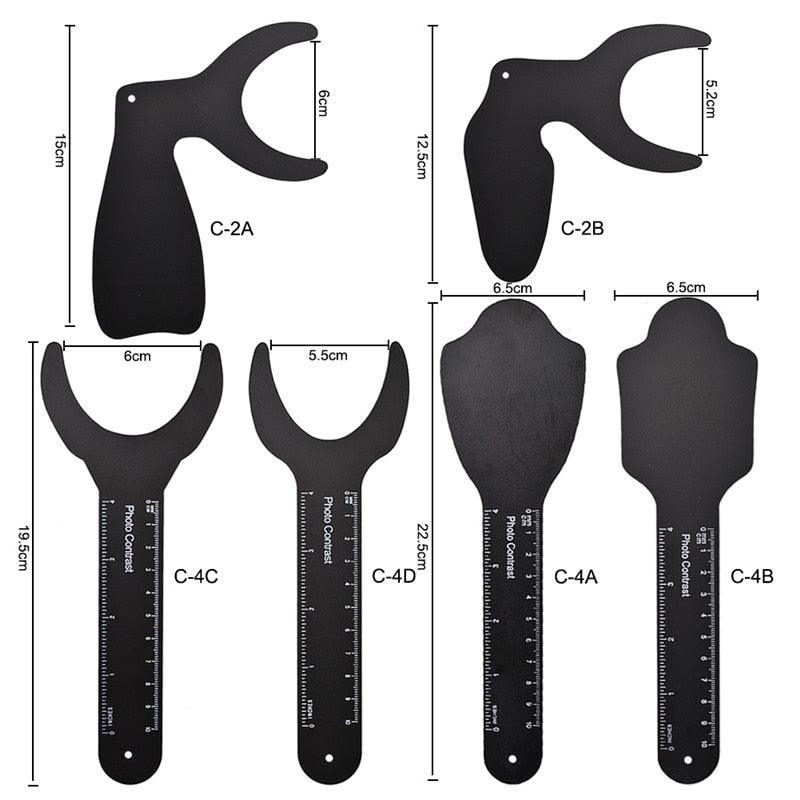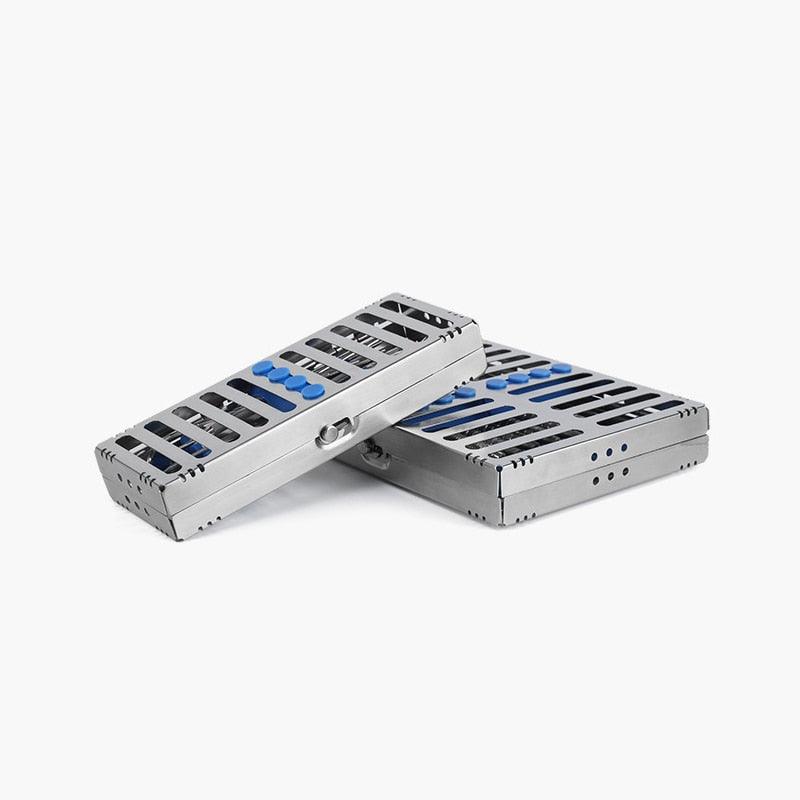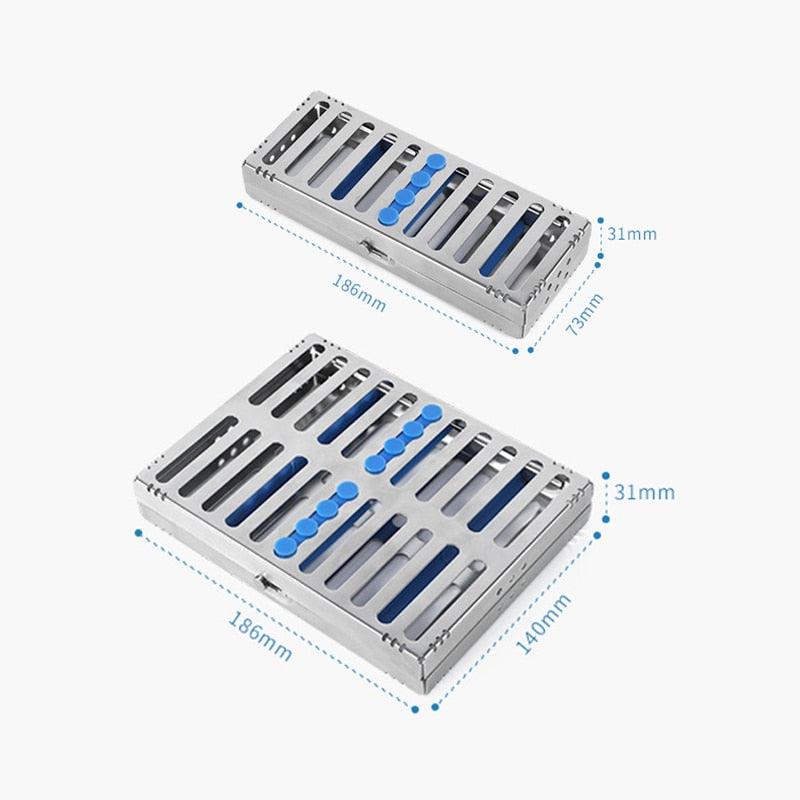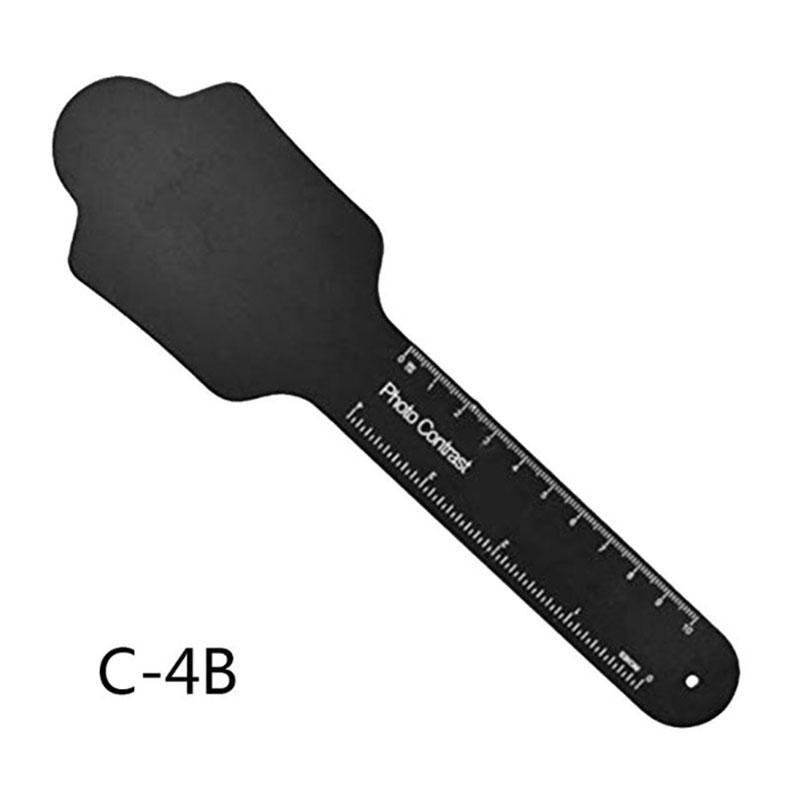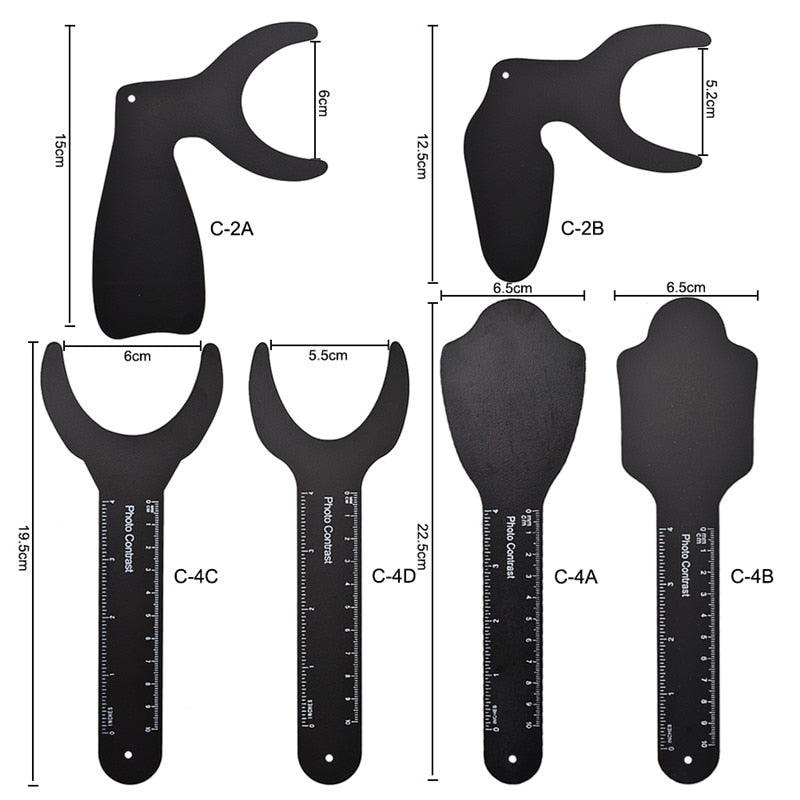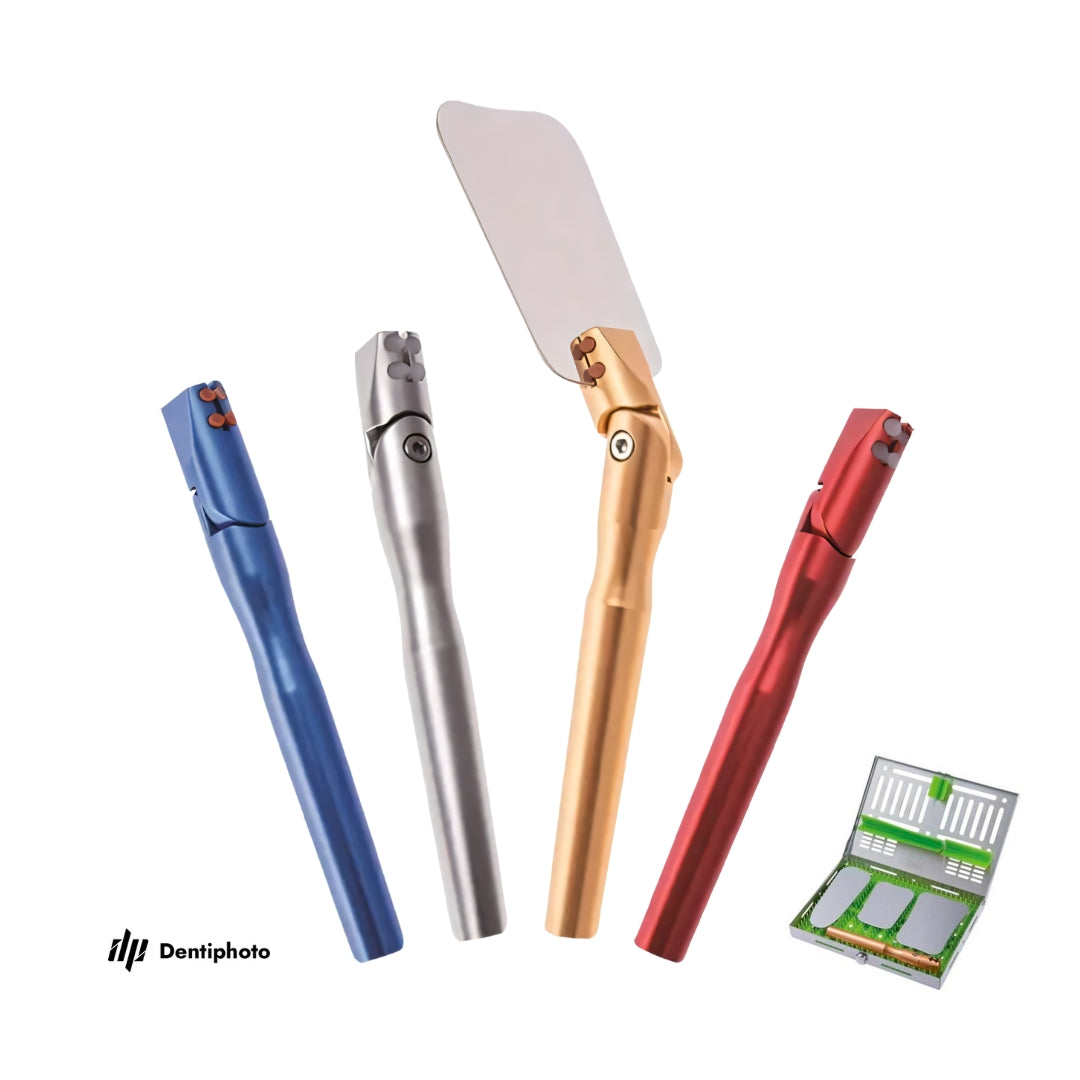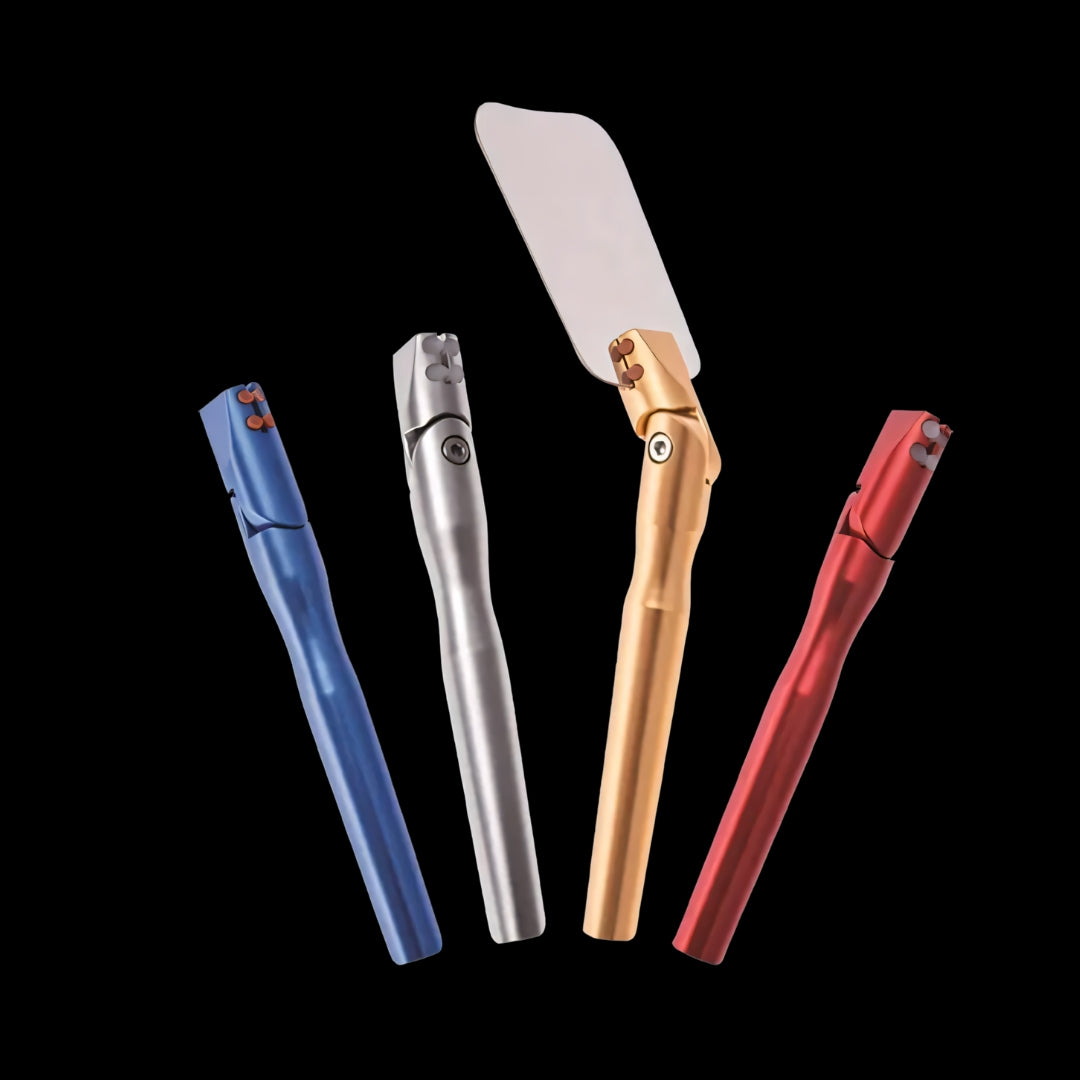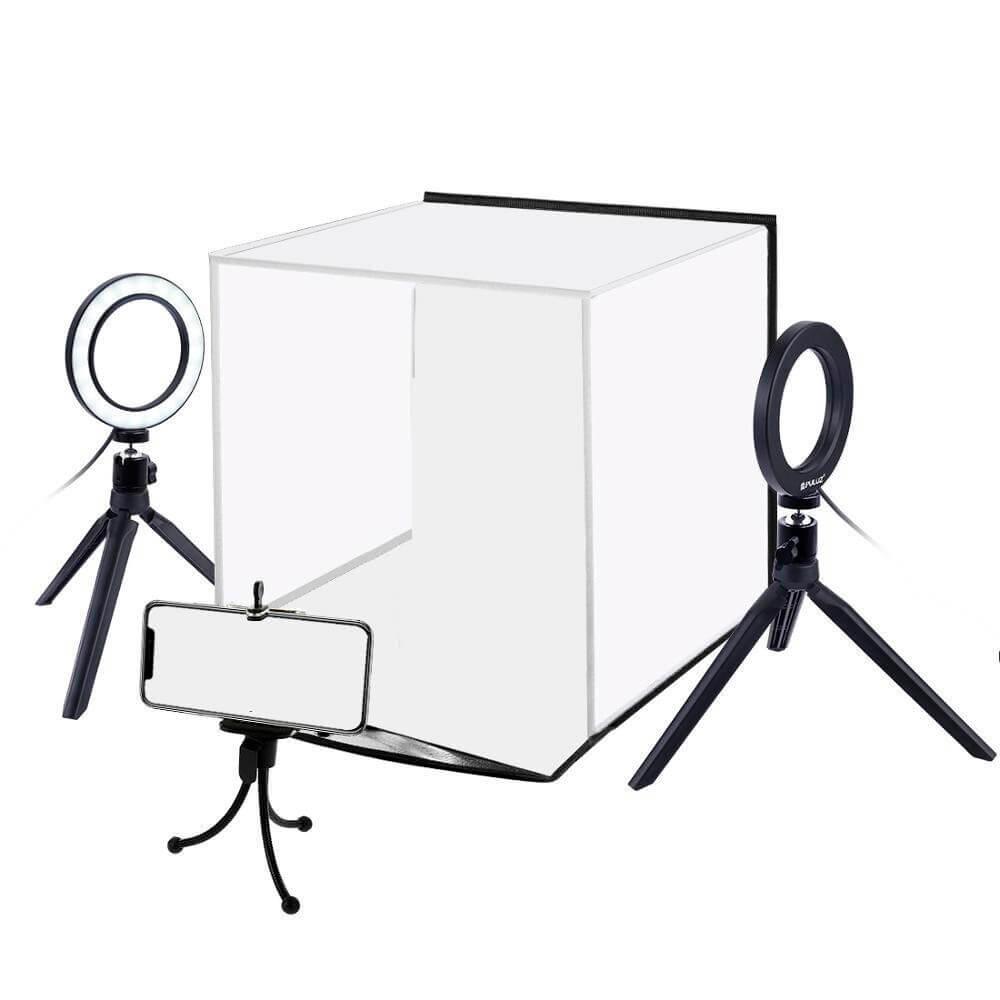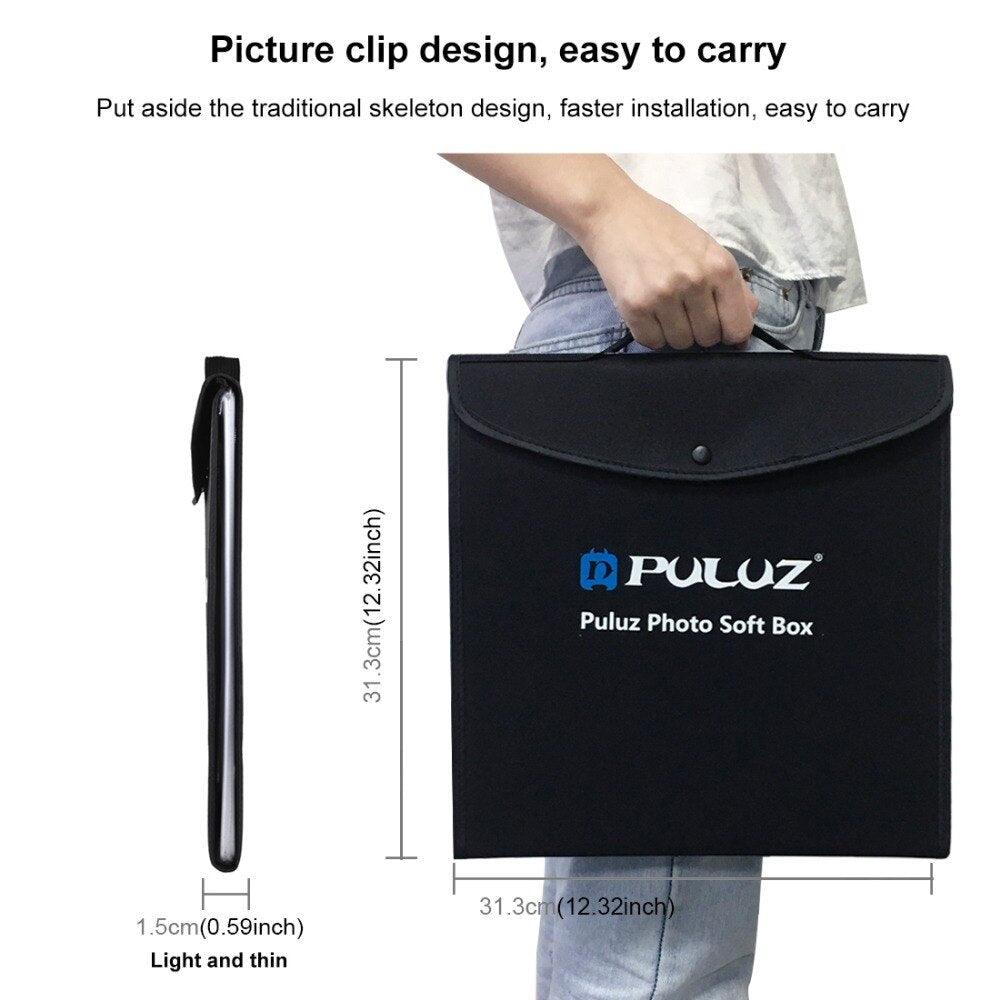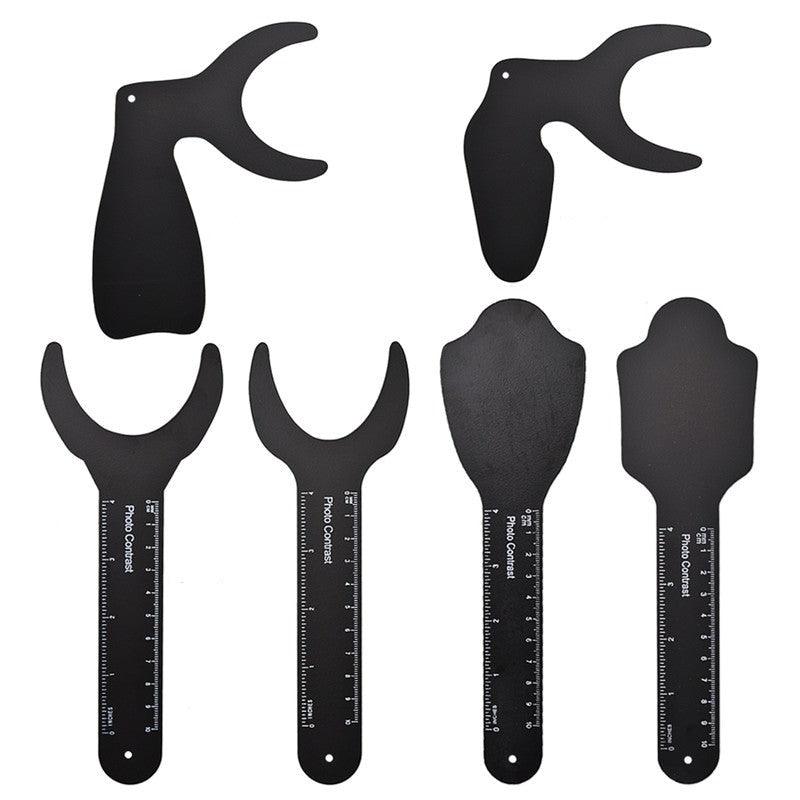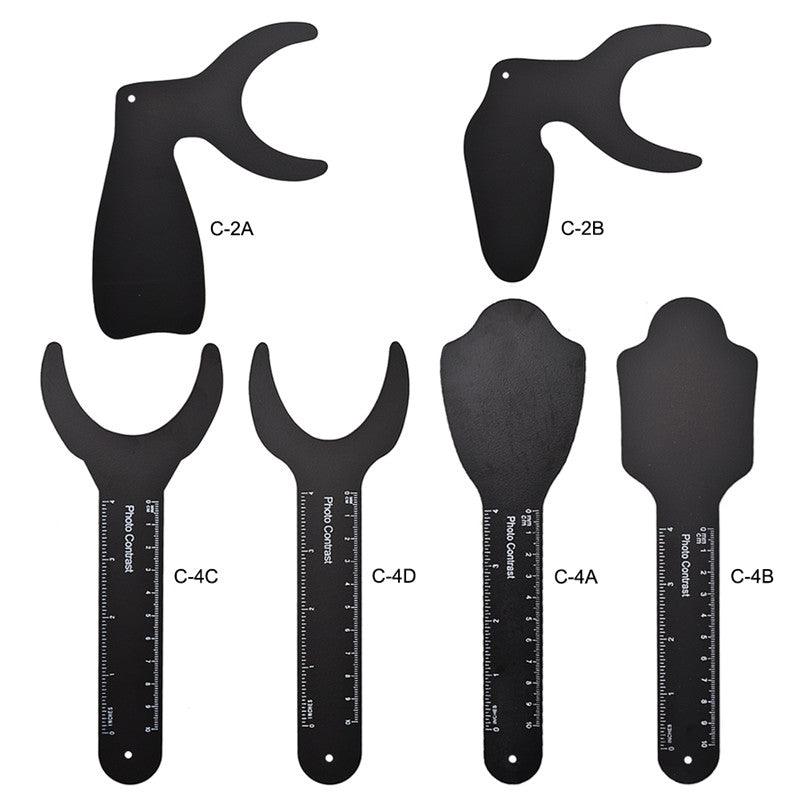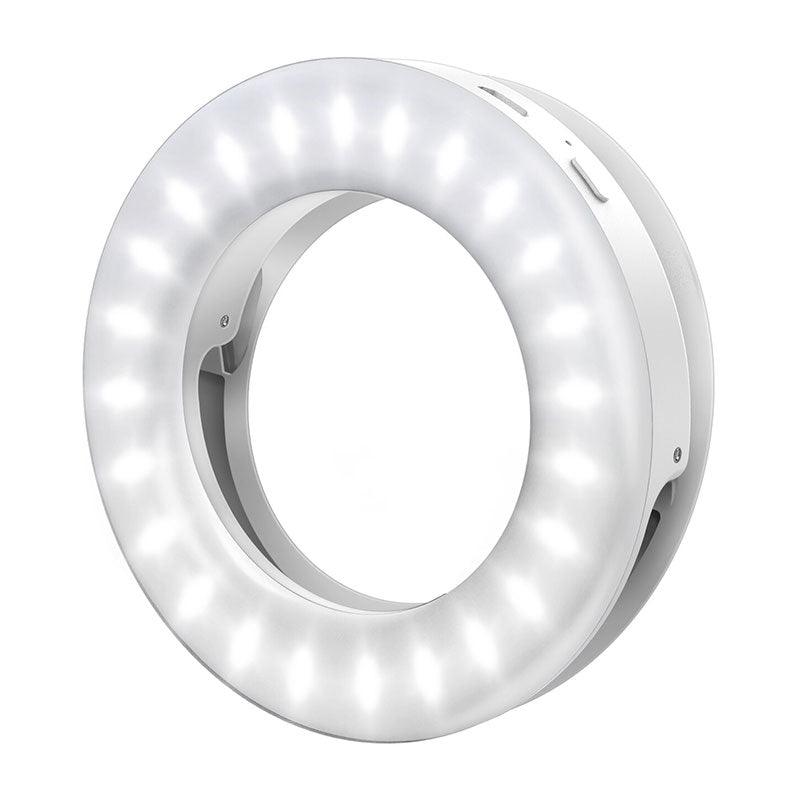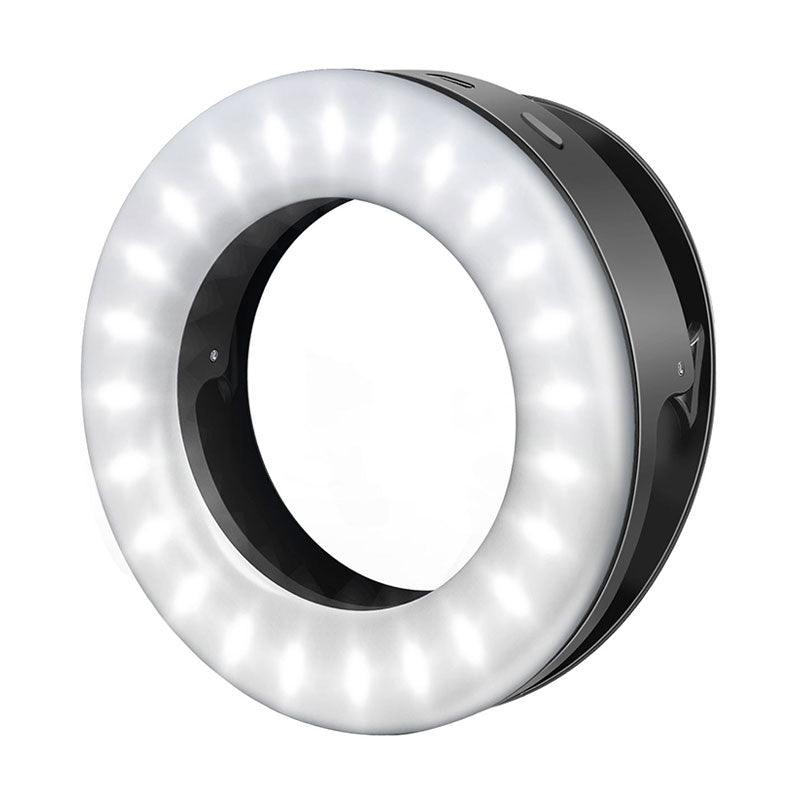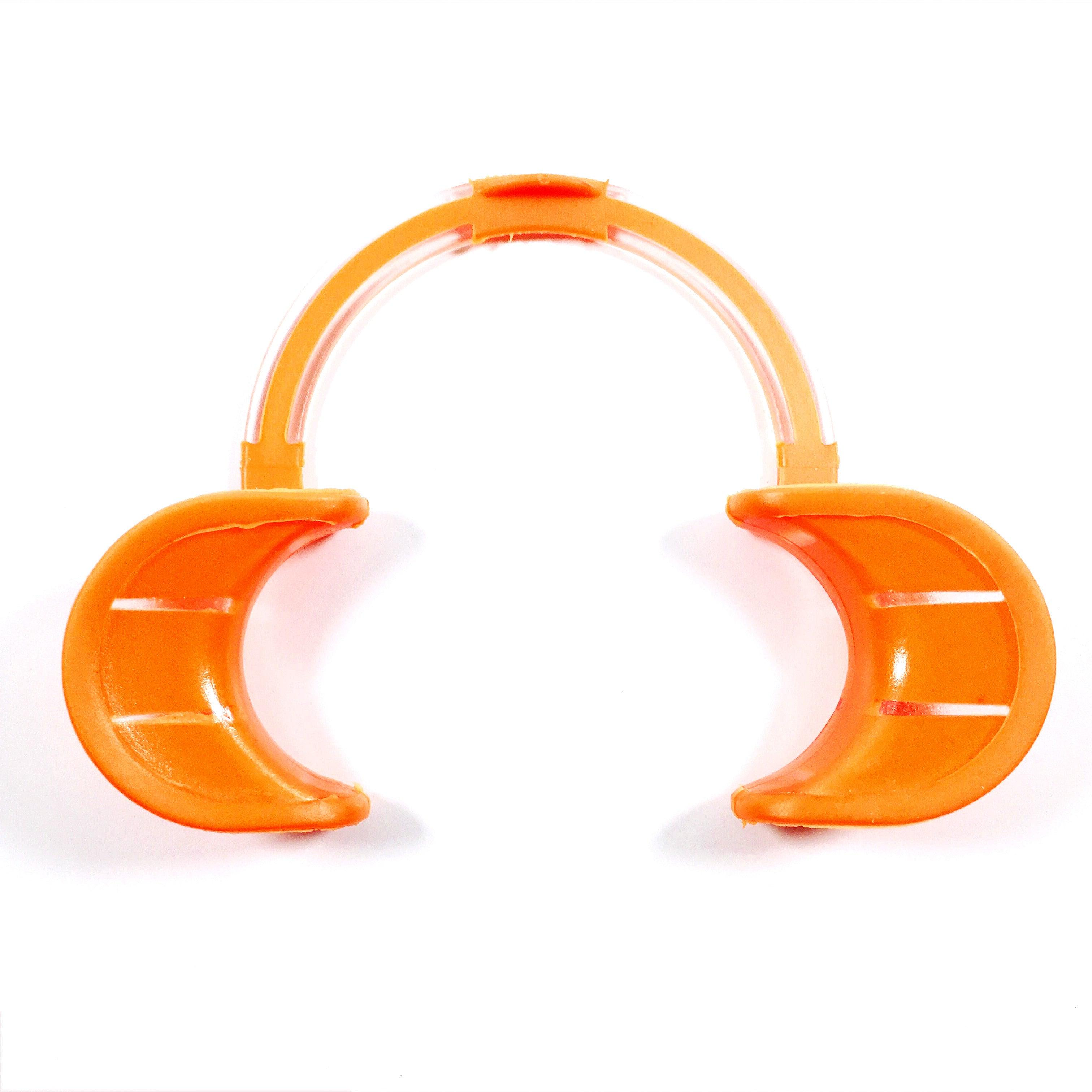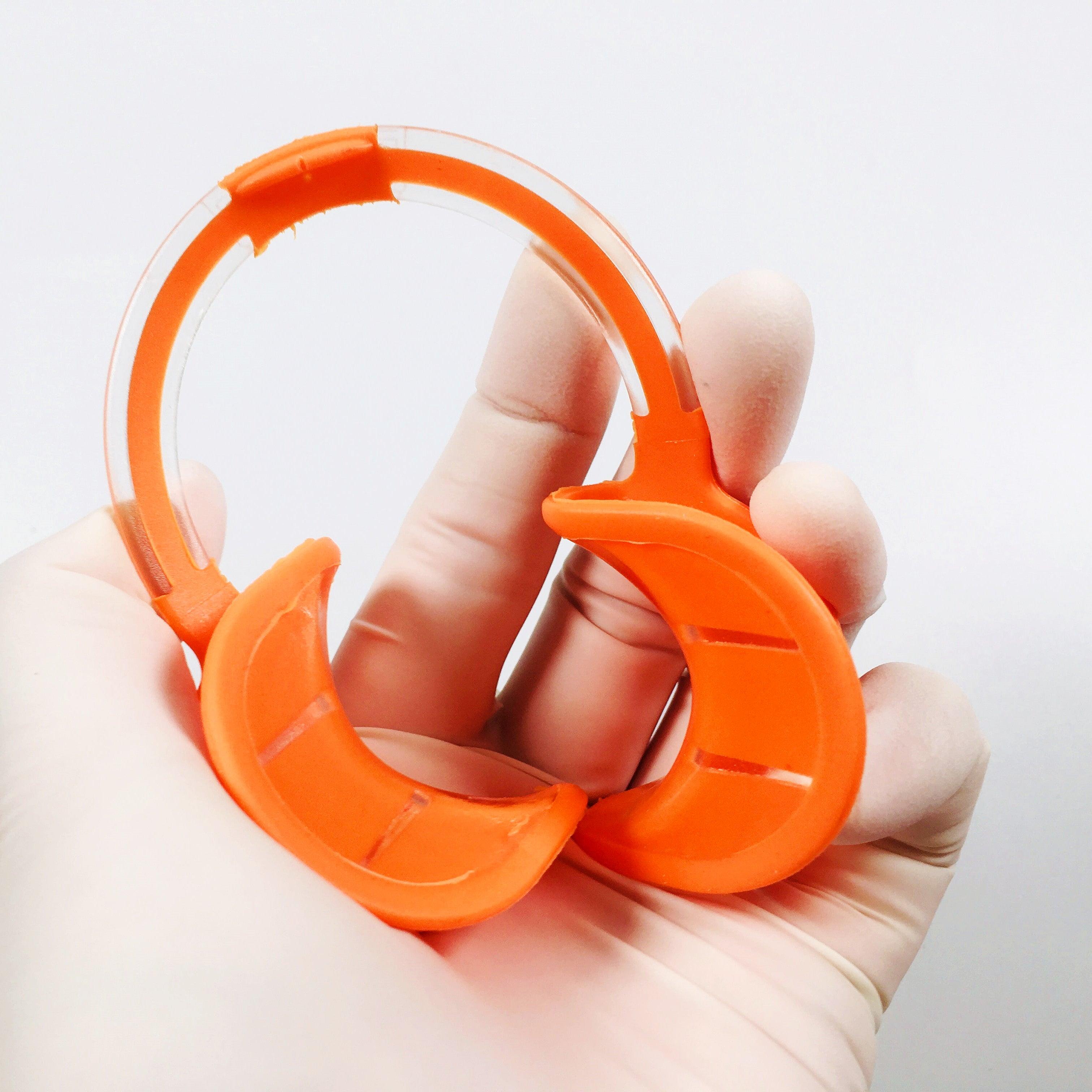In dental photography, the quality of your images depends heavily on the camera and lens you choose. Clear, detailed photos are essential for diagnosis, patient communication, and professional documentation. Whether you're just starting out or upgrading your equipment, selecting the right camera and lens can significantly enhance your practice. This guide will help you choose the best options for dental photography in 2025.
Choosing the Right Camera for Dental Photography
When it comes to dental photography, DSLR and mirrorless cameras are the most reliable choices. Both offer exceptional image quality, manual controls, and compatibility with macro lenses. Here’s what you need to know about each type.
DSLR Cameras
DSLR (Digital Single-Lens Reflex) cameras have long been the standard for professional photography. They use a mirror mechanism to reflect light into an optical viewfinder, allowing you to see exactly what the lens captures.
Advantages:
- Long battery life for extended shooting sessions.
- Wide range of compatible lenses.
- Proven reliability and durability.
Recommended DSLR Models for 2025:
- Canon EOS 90D: 32.5 MP, fast autofocus, ideal for detailed dental images.
- Nikon D7500: 20.9 MP, excellent color reproduction, perfect for clinical documentation.
- Canon EOS 250D (Rebel SL3): 24.1 MP, lightweight and compact, great for beginners.
Mirrorless Cameras
Mirrorless cameras are gaining popularity due to their compact size and advanced technology. Without a mirror mechanism, these cameras rely on electronic viewfinders or LCD screens to display the image in real-time.
Advantages:
- Lighter and more portable than DSLRs.
- Real-time exposure preview on the screen.
- Faster and more accurate autofocus.
Recommended Mirrorless Models for 2025:
- Canon EOS R6: 20.1 MP, advanced autofocus, excellent for precise dental shots.
- Sony Alpha A7 IV: 33 MP, high-resolution images, ideal for clinical and artistic photography.
- Nikon Z50: 20.9 MP, compact, user-friendly, and perfect for daily dental use.
What to Look for in a Camera:
- Resolution: Aim for at least 20-24 megapixels. This ensures sharp details for intraoral and extraoral images.
- Sensor Size: APS-C (crop sensor) is sufficient for dental work, while full-frame sensors provide more detail and dynamic range.
- Manual Controls: Ensure the camera allows you to adjust aperture, ISO, and shutter speed.
- RAW Format Support: Shooting in RAW preserves image quality for post-processing.
- Lightweight and Ergonomic: Since you'll be handling the camera frequently, choose a model that feels comfortable in your hands.
Selecting the Perfect Lens for Dental Photography
A macro lens is essential for dental photography, allowing you to capture intricate details of teeth, restorations, and soft tissues. Macro lenses provide 1:1 magnification, meaning the subject appears life-size on the camera sensor.
Key Features of a Macro Lens:
- Focal Length: The ideal range for dental photography is 100–120mm. This distance allows you to capture detailed shots without getting too close to the patient.
- Internal Focusing: Lenses with internal focusing maintain their length while focusing, making them easier to handle in clinical settings.
- Stabilization: Optical stabilization helps reduce blur, especially when shooting handheld.
Recommended Macro Lenses for 2025:
- Canon EF 100mm f/2.8L Macro IS USM: Known for its sharpness, image stabilization, and fast autofocus.
- Nikon AF-S 105mm f/2.8 VR Micro: Offers outstanding clarity and vibration reduction for precise images.
- Sigma 105mm f/2.8 EX DG OS HSM Macro: A cost-effective alternative with high-end performance.
We recommend the 120mm macro lens for the best balance of working distance, clarity, and comfort.
Full-Frame vs. Crop Sensor: Which Should You Choose?
The choice between a full-frame and crop sensor camera depends on your needs and budget.
- Crop Sensor (APS-C): Ideal for standard dental photography. Cameras like the Canon 90D and Nikon Z50 deliver high-quality images at a lower cost.
- Full-Frame: Offers higher resolution, better low-light performance, and a wider field of view. If you plan to create marketing content alongside clinical photos, a full-frame model like the Sony A7 IV or Canon R6 is worth considering.
For most dental professionals, an APS-C camera paired with a quality macro lens provides excellent results without the added expense of a full-frame system.
Conclusion
Choosing the right camera and lens for dental photography ensures high-quality images for patient documentation, diagnosis, and professional presentations. A DSLR or mirrorless camera with at least 20 MP resolution, paired with a 100–120mm macro lens, will meet the needs of most dental professionals.
Where to Buy Dental Photography Equipment
If you're looking for reliable dental photography accessories like retractors, contrastors, and mirrors, visit dentiphoto.com.
If you don't have a camera yet, consider our Twin Light, a professional lighting solution for smartphone photography. Don't miss the Dentiphoto 2025 Edition — the latest innovation for dental imaging.
Exclusive Offer: Get 15% off your order with the code BLOG15 at checkout.

